|
Rain stopped play on our last morning, the lakes and reservoirs certainly need filling so its a good thing but I would guess about three inches fell during the morning so there was no time for wildlife-watching - just time to reflect on the wonderful things that we had seen and learnt during this trip. When we got to Holguin airport around lunch-time we found that they had no rain there at all. Can't wait till our next trip to the wonderful Cuba...
0 Comments
It's near the end of our holiday now as we go back home tomorrow and it's a case of trying to get better photos of one or two things and so we decided again to explore the water tank track near the hotel where we have seen so many terrific things on this trip. A pair of Mexican Fritillary Euptoieta hegesia in cop showed how strikingly sexually dimorphic the males and females are on the underside. I had to lie flat on the ground to get this and so lost track of them when they flew which was a shame as I would have liked a picture without a grass stem across the front! I then spotted an adult Hieroglyphic Moth Diphthera festiva on a Lantana bush that was being used by lots of butterflies as a nectar source. This Noctuid moth is widespread in southern USA south to Bolivia including the Caribbean. It can in some places be a pest of soybeans. We had noticed a larva in the same area a couple of days previously and had also seen one on a previous trip though I didn't then known what it was. What I take to be another Miami Blue Cyclargus thomasi egg was on the growing shoot of a Stigmaphyllon but another much larger egg on an adjacent leaf still remains a mystery. I also carefully looked on an Aristolochia passiflorifolia bush for eggs or larvae of swallowtails without success as both Battus devilliers and B. polydamas both use Aristolochia and we had seen both species flying in the area. I did find another Violet-banded Skipper N. nyctelius larva in its larval shelter of grass. The small Lantana bush about 3ft high and 4ft across had 6 Cuban Leafwing Anaea cubana, 5 Gray Cracker Hamadryas februa, 1 Tropical Chequered Skipper Burnsius oileus, 1 Nickerbean Blue Cyclargus ammon, 2 Flambeau Dryas iulia and 3 male Chestnut Leafwing Cymatogramma echemus nectaring on it. I've seen few males and wish I'd spent a bit bit longer getting pictures as the plainer underwings are quite distinctive. A male Smudged Yellow Eurema lucina was desperately trying to mate with a female in the grass but she had already mated and was keeping her abdomen curled up out of the way. A male Purple-washed Skipper Panoquina lucas seemed to be having the same lack of success. Back near the hotel a Zebra Heliconian Heliconius charithonia caught our attention as it was clearly a female inspecting the vegetation and looking for a suitable laying site. I had only commented to Lynn earlier in the day that although we had seen this species on nearly every day of all our trips we had never found a larva or seen a female laying - and now just a few hours later here was female about to do just that! We watched her lay two eggs on what I believe is a Passiflora before we headed on back. We had to change our plans this morning because of the weather. With intermittent showers and thunder and lightning not far away we took a taxi to Boca de Sama a few miles to the east along the coast in the hope that it would be sunny there. As we drove into the little fishing village there were large named memorials to those locals who died in 1971 when attacked by CIA-funded rebels trying to overthrow the Cuban government. Five minutes after we arrived there was a huge downpour and we had to take shelter under the canopy of the local bar - we were the only people around. And the only wildlife on view in the rain were lots of hermit crabs running around on the floor so we collected them up and moved them to safety so we didn't tread on them. Even in the rain it was still very warm and as soon as it stopped we were taken by the lady on the local trinket stall to see the Lime Swallowtails Papilio demoleus on the lime trees in her garden. We had been told about this by others in our hotel a few days previously and although there were fewer adults it was nice to see the pupae. It wasn't long before the sun came out and various skippers started flying and nectaring on a patch of the pink-flowering Antigonon leptopus. Commonest amongst these were Purple-washed Skippers Panoquina lucas and Tropical Chequered Skippers Pyrgus oileus though there was also a Violet-banded Skipper Nyctelius nyctelius. The P. lucas were much more common on this trip that our previous visits to Cuba and we saw them almost every day often in some numbers. On our way back we stopped in at the track near the Paradisus hotel where there were several swallowtails nectaring on a Delonix tree. This is a member of the pea family in the Fabaceae but I'm not sure which species. I tried for some time (and failed dismally) to get reasonable shots of De Villiers' Swallowtail Battus devilliers but that's the way it goes sometimes. To photograph these in flight it has to be sunny and it wasn't at the time. I searched for and found two larvae of the Cassius Blue Leptotes cassius that I had watched laying on another pea species on 5 November. One was now in its third instar. Back at the water tank track I couldn't resist taking more pictures of the two Cyclargus species that we had been seeing here the last few days but best of all was a beautiful male Martial Scrub-Hairstreak Strymon martialis that appeared on the same Varronia globosa bush for a few moments before disappearing. This was the 50th species that we had seen on this short length of track in three days - brilliant! We picked up a taxi from the hotel this morning and, en route to our destination, spent ten minutes checking the spot where we saw the Miami Blue Cyclargus thomasi yesterday. We saw a male and female again and got some more pictures before moving on. One of our favourite places in the area is a spot that Carlos first took us to about 5 or 6 miles inland to the south off the Holguin road. It is about 500ft up and is a stiff walk up a rough track but its worth it and we always see something of interest up here. On the walk up we saw both the endemic Cuban Kite Swallowtail Eurytides celadon and a beautiful Dusky Swallowtail Heraclides ponceana that came slowly floating past us at waist height but unfortunately didn't stop. This was the only one we saw on the trip. Our next find was even more of a surprise as it was another two Miami Blue, a male and female again but this time nectaring on Lantana. The height here was 140m so clearly this species is not just confined to the coast. We came across a pair of Great Southern White Ascia monuste in cop and a female Cloudless Sulphur Phoebis sennae of a pale form that I hadn't seen before. In the same open area I photographed a Cornelius Skipper Euphyes cornelius nectaring on the low purple flowers of Stachytarpheta. We had seen this only once before at Soroa in June in very different habitat, but the biggest surprise and the only completely new species for us on the whole trip came when shortly afterwards a Southern Dogface Zerene cesonia appeared nectaring on the same flowers. I was frustratingly difficult to photograph as it spent only a second at each flower before moving on to the next and it had me running around for a while. It has been recorded in Holguin province before as Riley (1975) mentions it from here but most records come from the west of the island where it was said to be common though that appears not to be the case any more. It gets its name from the fact that some specimens show a dog's head in yellow on the forewing with the black dot as the eye - but on the one below you'd need a lot of imagination to come up with that name! Eleven Calisto species have so far been described from Cuba and all are endemic to the island. As a group they are known only from the West Indies and there are many other endemic species on other islands. On Cuba there are at least two further species that have been found but not yet described. The commonest and most widespread species is the Cuban Calisto Calisto herophile. The Bush Sulphur Pyrisitia dina larva from Gibara pupated a couple of days ago so I spent a few minutes in the evening taking pictures and then went for a walk around the sewage works near the hotel. This comprises three lagoons with varying water levels and can be good for waders and ducks including Blue-winged Teal. Today there was a Short-billed Dowitcher and Least Sandpiper along with Lesser Yellowlegs, Black-necked Stilts and Killdeer but there was no sign of the Solitary Sandpiper that we saw here a few days ago. There were also a lot of Cuban Slider Trachemys decussata all around the shores of two of the ponds but they were extremely wary and would slide into the water as soon as they saw you. This morning we agreed to meet up with Miriam, Barbara, Douglas Fernández and Dr Marc Minno near to our hotel as we had seen quite a few Cuban Leafwing Anaea cubana during the last few days and this was something they had not caught up with so far on their trip. The track up to the water tank on the hill is just a few hundred yards from our hotel and we set off at 9.30am recording species and numbers as we went. Over the open areas there were numerous Smudged Yellow Eurema lucina, Little Yellow Pyrisitia lisa and Barred Yellow Eurema daira as well as the slightly larger Bush Sulphur Pyrisitia dina. Both Mexican Fritillary Euptoieta hegesia and Variegated Fritillary Euptoieta claudia were flying and females were investigating sites on which to lay. Before we set off Marc asked if we had seen Miami Blue Cyclargus thomasi in the area and we confessed that we hadn't. This was something that they had been especially looking for as it had sadly declined over the years to the point of extinction in mainland USA. It had once been fairly common in Florida but development had pushed it out and it was now found only on a couple of islands in the Keys. Other subspecies are found throughout the Caribbean and Marc felt sure that it would be in the area. He was right! Only a short way along the track he called that he thought he had one and netting it proved him to be right. They are similar to Nickerbean Blue Cyclargus ammon but they have four spots not three on the base of the hindwing and the orange spot is smaller and usually wraps around the black ocellus to a greater extent. A great find but it got better when he also found larvae of various sizes and also an egg, all on Stigmaphyllon. There were lots of ants in attendance drinking the sugary secretions from the larvae, and no doubt giving some form of protection in return. I got one chance shot of an adult from behind and was struck by how face-like this looked. The tornus of the hindwings turns in which makes the two outer ocelli look just like eyes - this is not something I have ever noticed before on any Lycaenid but when I checked other photos I found that the same is true for C. ammon. This must give some added protection from predators approaching from behind - brilliant! Further along someone spotted a large Hawk-moth which is a Florestan Sphinx Manduca florestan. It is found from Arizona south through Central and South America and also the Caribbean. It is a widely variable species as its great range would suggest and although it didn't appear on the list in Lepidópteros de Cuba, Rayner tells me that it did appear in the master thesis on Cuban Sphingidae and therefore has been recorded before. From this point the path drops down through woodland and we watched a Violet-banded Skipper Nyctelius nyctelius as it nectared on an Allamanda flower. We had seen this and Monk Skipper Asbolis capucinus nectaring on this before and both must have long probosci as they sit on the outer rim to feed whereas the smaller Fiery Skipper Hylephila phyleus actually disappears right down the corolla tube, turns around and then comes out head first. I also got one rather inadequate shot of an Impostor Duskywing Gesta gesta that is supposed to be common but that we rarely see. And then Marc started searching the grasses for larvae and found both Caribbean Ruby-eye Perichares philetes and Violet-banded Skipper Nyctelius nyctelius on Panicum maximum. The larvae lie along the length of grass blade and use silk to pull the sides together to form a shelter. Nearly all the 26 species of Hesperiidae in Cuba use grass as a foodplant so looking for these and other species is certainly something we will be doing on future trips. I subsequently found quite a few more of these two species and interestingly all were in shade or partial shade. I didn't find any where the grass was in full sun. As if that wasn't enough Marc then found a larva of the very rare Cuban Longtail Chioides marmorosa. That was completely unexpected and just shows what can be found when you look. In two and a half hours we had recorded 45 butterfly species and everyone got good pictures of Cuban Leafwing Anaea cubana. I had learnt so much from our new friends in such a short space of time for which I am very grateful and look forward to meeting up with them again on a future trip. But it was then time for them to leave and travel back to Holguin on the first leg of their journey home. We said our goodbyes and set off back up the track taking the long route back to the hotel for lunch. On the way we managed to add a further three species on the same section of track including a beautiful Dingy Purplewing Eunica monima. We had seen a couple over at Gibara the week before but they hadn't been easy to photograph so finding an obliging one at low level out in the open was a bonus. Often when I look at my pictures afterwards on the computer screen I regret not removing a distracting twig or blade of grass in the background and other times I notice something that I had completely missed when I took the picture. That was the case here when I noticed that in front of the butterfly was a geometer larva (left picture) which looks as if it has has two lepidoptera eggs laid on its back - bizarre! I didn't even notice the larva at the time. On the later picture on the right it has dropped off. The last interesting find of the day was another Sphingidae larva which I believe is an Ello Sphinx Erynnyis ello. Again it is widespread on the mainland from USA to South America.
A few days ago we approached the Paradisus hotel next door to ours to see if we could get permission to survey the butterflies in the grounds which are much richer botanically than the Luna y Mares where we normally stay. They agreed and suggested today when Carlos the local bird guide was doing his weekly guided walk around the grounds for guests. Although we were only there for about 2 1/2 hours we saw 36 species in that time including the rather rare Concolorous Skipper Burca concolor. There was quite a movement of either Great Southern White Ascia monuste or Florida White Glutophrissa drusilla this morning all traveling west, some of them over the sea but most over the gardens. Those that stopped and nectared were Florida White and maybe they were all that species but I couldn't be sure. Apart from the B. concolor there were several things that we had never seen in the gardens of our hotel including the endemic Cuban Snout Libytheana motya, Orange-barred Sulphur Phoebis philea and Fulvous Hairstreak Electrostrymon angelia. This and three Phoebis species were nectaring on the red-flowering Ixora hedges that can be found in many of the hotel grounds. As a general rule it is the males of various species that take salts and moisture from the ground and females that take nectar from flowers, but of course all rules have exceptions and sometimes males take nectar like the Cloudless Sulphur Phoebis sennae below. We also saw our only adult Mangrove Skipper Phocides pigmalion of the trip though I had found a small larva a couple of days previously. A Palm Warbler was having a bath in one of the little man-made pools and we saw a couple of Cape May Warblers too while at one point a Magnificent Frigatebird flew over rather too high for a decent picture. Otherwise the stars of our walk around the gardens were the anoles - brilliant! We had a quieter day today after all the excitement of yesterday. I totted up the species list for yesterday and it came to 50 - not bad considering we had spent 2 1/2 hours in the car. As usual I checked and put fresh food in for the larvae that I was rearing before we went out. In the box this morning with the Cuban Longtail Chioides marmorosa were lots of tiny parasitic wasps about 2mm long so one of the two large larvae must have been parasitised! Some of these had short ovipositors while others did not so I'm guessing they must be males and females rather than two species involved. On our walk round to the entrance to the Las Guanas reserve to give them some butterfly id charts that we had printed and laminated before we left England we came across a Saw-scaled Curlytail Leiocephalus carinatus with a couple of youngsters that were rather cute. On the edge of the dolphin lagoon a Spotted Sandpiper had caught what looks like a small fish. I haven't shown many of the most common butterflies recently on this blog as there have been so many exciting new things to show but one of the commonest butterflies is the Flambeau Dryas iulia. We saw this in some numbers every day, both females and males, and did find a pair in cop one day but we have never yet found a female laying which is surprising. Other things that were pretty common this time were Sleepy Orange Abaeis nicippe, Barred Yellow Eurema daira and Mallow Scrub-Hairstreak Strymon istapa. On our previous trips we have rarely seen Cuban Leafwing Anaea cubana but this time we saw it on 9 days and often in some numbers - up to six on the same small bush. Orange-barred Sulphur Phoebis philea we saw only occasionally and nearly always just flying past at high speed - in fact this one is the only one I've ever managed to photograph so far. When we got back to the hotel we received a call to say that we had received a message from Cuban entomologist Douglas Fernández and his American entomologist colleagues to say that they were staying in a nearby hotel. They were carrying out important butterfly survey work for the Florida Keys T.R.E.E. Institute. It was a great pleasure to meet up with them in the evening and we agreed to spend some time in the field before they left.
After our first visit to Gibara a few days previously we felt we just had to return here for another day as the area showed huge potential so we set off early (though an hour later than intended due to our taxi being late) for the hour and a quarter drive. We picked up Félix and Sandy and soon set off along the same route as last Friday. It was very depressing to see three bird-trappers making their way back down the hill after their morning's efforts. Birds like the endemic Cuban Bullfinch are often kept in captivity and we had seen some in cages in the town. It is said that Cuban Grassquit is now much less common than it used to be because it has been trapped a lot for the caged bird trade. One of these guys had a beautiful male Rose-breasted Grosbeak in a small cage. I wonder if this on the list of business enterprises that Cubans are now allowed to run in socialist Cuba? Not the best of starts to what was to prove to be a fabulous day. A female Tropical Chequered Skipper Pyrgus oileus was laying on Sida spinosa on the edge of the track but then we were soon finding new species. We saw two Dingy Purplewing Eunica monima before we also started seeing Florida Purplewing Eunica tatila as well. The latter was the species that we had seen in vast numbers migrating across the Guanahacabibes Peninsular in western Cuba in June, no doubt coming from Mexico, but we hadn't seen E. monima before and the size difference wasn't as great as I thought it would be. It was slightly smaller though I had to check each one for oval shape with two dark spots on the hindwing. E. tatila don't always have the pale cross-line on the hindwing in fact only a small number of the ones we have seen have had this. There is a third Eunica species on the Cuban list and that is the endemic Cuban Purplewing Eunica heraclitus was once common in parts of the island over 100 years ago but has now not been seen for many decades and therefore may well be extinct. Two skippers followed including the rare and endemic Cuban Longtail Chioides marmorosa that we saw larvae of last Friday. The trail had become narrower now with tall trees either side and photography is always tricky in deep shade where there is little light. I think in future I'll carry a flash and light bouncer with me for such situations as using the built-in flash creates rather harsh lighting. A Malachite Siproeta stelenes was feeding high up on the flowers of one of the trees and a male Androgeus Swallowtail Heraclides androgeus was patrolling a small gap in the trees so I spent a few minutes trying to get pictures of it in flight. Then a Cuban Kite Swallowtail Eurytides celadon appeared briefly, one of only two we saw on the whole trip, and Lynn attracted my attention to a dark skipper that was also feeding high up on flowers. It proved eventually to be a male Zephodes Skipper Ephyriades zephodes though I couldn't get closer than about 8m so the pictures weren't great. Félix and Sandy were pleased to see it as they said they hadn't seen it before - and neither had we. At the top of the hill another swallowtail appeared, this time Bahaman Swallowtail Heraclides andraemon nectaring on low flowers so Sandy and I spent some time taking shots. We had left Lynn sitting in the shade a little further down the track so she missed the fabulous view from 210m across to Gibara and the coast - and the female Bee Hummingbird that put in a brief appearance! The walk down was just as good as on the way up with yet another new skipper May's Skipper Proteides maysi, the endemic Cuban Snout Libytheana motya and the spectacular Tailed Cecropian Historis acheronta - OK so its not much not look at when settled but when it flies there is a large splash of orange on the forewing. We also had flight views of what I'm fairly sure was the other Historis Stinky Leafwing Historis odius. Caribbean Banner Lucinia sida were fairly thin on the ground on this trip and we only saw them on four days so finding a pair in cop was a bonus. Many butterflies were taking shelter from the heat of the afternoon sun by now but there were other things of interest like a stick insect species and a large bush-cricket at head height in one of the trees. The occasional deafening cicada also started up and several larvae caught our eye including a group of Gray Cracker Hamadryas februa of various sizes and colour forms, and another very striking Sphingidae larva which I think is a species of Eumorpha perhaps E. labruscae. There are 59 species of Sphingidae recorded from Cuba so far and 14 of these are endemic to the island. I also recognised a Pierid larva as being the same species as one that we had seen at Soroa at the end of June and which had remained unidentified as nobody knew what it was and I couldn't find anything like it on the internet; so that went in a pot with a few leaves to be bred through. When it emerged it proved to be a Bush Sulphur Pyrisitia dina so that was another mystery solved! It shows how much work remains to be done when the larva of such a widespread and common species throughout the Caribbean and Central America should have a larva that is not known. And after such a brilliant day we were greeted once again with a fabulous spread of food prepared by Felix's wife Paquita so our sincere thanks go to them once more.
Carlos knows some good sites around the area for both birds and butterflies so we took a taxi with him this morning to an area of farmland a few miles inland. It was a large grazed field with quite a bit of scrub. The grass itself was rather too short for many butterflies as it was being grazed by cattle. At one point we suddenly came across a very large bull with very long pointed horns and had to retreat slowly till we were out of view. This breed can apparently be a little unpredictable sometimes so it's best to err on the side of caution. There were plenty of Mexican Fritillary Euptoieta hegesia including females that were laying on tiny plants growing in almost bare ground. Most butterflies were either taking moisture on a patch of damp ground or nectaring on the scattered Lantana bushes. We spent ten minutes trying to photograph a Poey's Swallowtail Heraclides caiguanabus without a lot of success as it spent such a short time at each flower. Nice close views of a pair of Cuban Tody was a pleasant distraction. We decided to try somewhere else on the coast a little to the north-west but on the way we stopped by the road at a tree where Carlos said he had recently seen a Cuban Knight Anole Anolis equestris. This species is quite large and males grow up to about a foot (300mm) long. The tree was close to the road and it was there low down - what a fantastic creature! They exhibit thermo-regulatory behaviour whereby early in the day they sunbathe in the crown of the tree but by mid-day when it it becomes very hot they head down the trunk and spend time in the cooler shade a few feet from the ground. They are omnivorous feeding on fruit, insects and small vertebrates. We then headed to Pesquero on the coast and next to one of the hotels was a bare ground area which looked as if it was ear-marked for development. There were quite a lot of flowers along one side and we quickly found a Eufala Skipper Lerodea eufala. This species likes arid areas like this and is distinguished from Three-spotted Skipper Cymaenes tripunctus by the pale underside colouration and shorter antennae which are typically about 40% of the length of the forewing compared to C. tripunctus in which they are about 65% of the length of the forewing. Another good find here was another Hawk-moth Sphingidae larva, as yet unidentified but I'm working on it... Later back at our hotel we found that some of the Lime Swallowtail larvae Papilio demoleus had moulted to the next instar and looked completely different. Whereas before the strategy was to resemble a bird dropping, they now had a green leaf colouration. After photographing some of the things that I had taken into 'protective custody' in the last few days such as the larvae of Gray Cracker Hamadryas februa and Tropical Buckeye Junonia zonalis (both now pupated) I wanted to photograph the larva of the Cuban Longtail Chioides marmorosa but the silk cocoon within which it sheltered was very tough and so I had to cut it open carefully in order to expose it to see the larva. It was now in its final instar. I hope the adult emerges before we leave as I reckon that's our best chance of seeing it. We then got a taxi over to Yaguajay which is a 10-15 minute drive and is SE of Guardalavaca. We had had a nice walk here earlier in the year and reckoned it had potential so wanted to go back. It didn't prove quite as good as we hoped but did we turn up two skippers that we didn't see anywhere else on our trip - Magdalia Skipper Parachoranthus magdalia and Caribbean Skipper Pyrrhocalles antiqua but the best was Concolorous Skipper Burca concolor which was new for us. It is endemic to the West Indies being found only in the Bahamas and here on Cuba where it is found in widely scattered places across the island but is said to be rare. We saw seven, all males, in a small hollow on the edge of the forest. In the afternoon we walked around the Las Guanas reserve next to the hotel but it was fairly quiet other than a nice Leiocephalus macropus Cuban Side-blotched Curlytail. As we left two Florida Purplewing Eunica tatila were sparring over the best perching spot and a Black Witch Moth Ascalapha odorata flew in front of us and landed on a timber beam. Through much of Central America and the Caribbean this is regarded as a harbinger of death, but it's testament to the good nature of Cuban people that they don't hold this belief. Instead they call it the Cuban House Butterfly and if they see one they take as a sign that they can expect a visitor.
We recounted this to a couple at the hotel later and they said that they had also seen one that same evening perched on a light on the path down to the bar on the beach. They have a wingspan of 120-170mm so are an impressive sight. |
Welcome to our Blog
Here we will post interesting news about what we and others have seen in Cuba. Archives
July 2024
Categories |
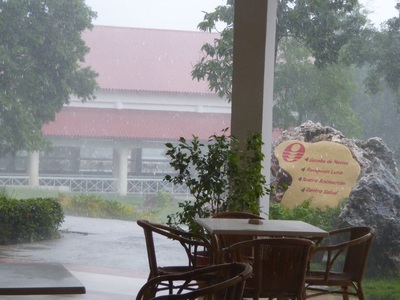
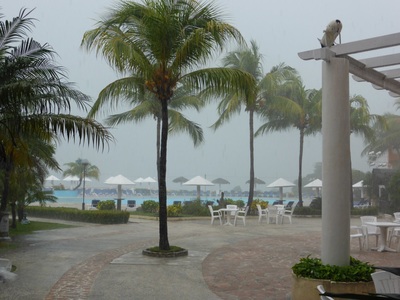
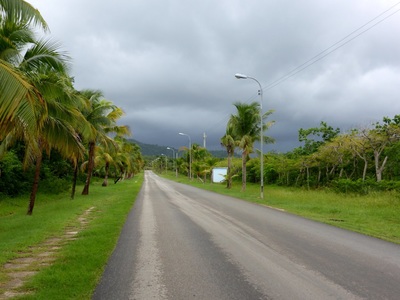
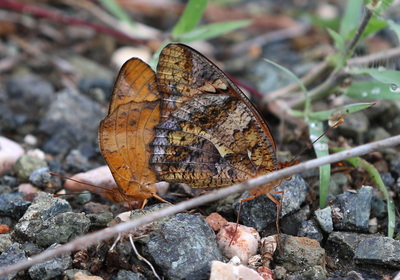
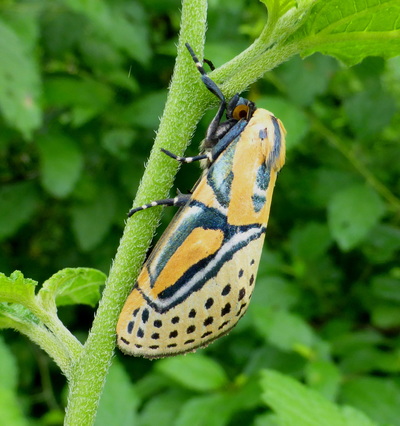
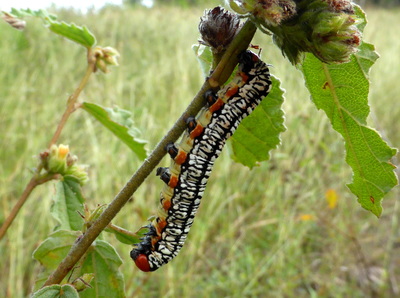
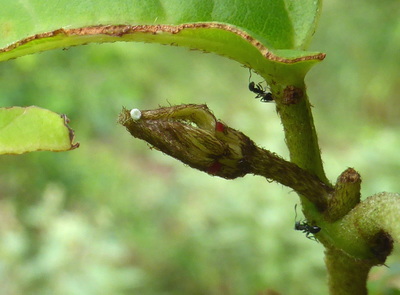
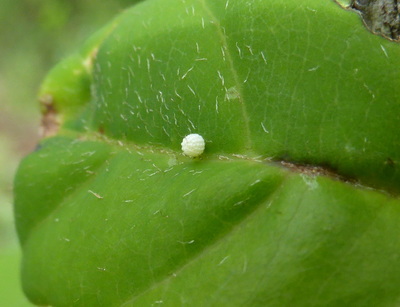
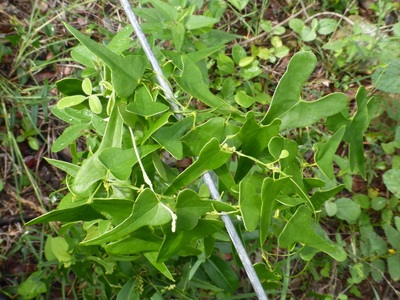
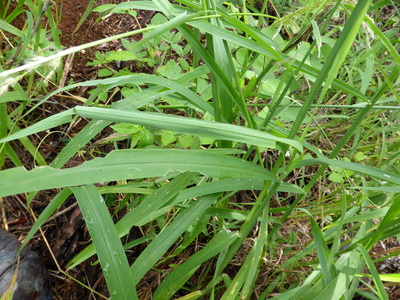
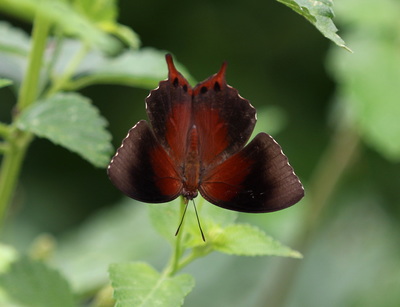
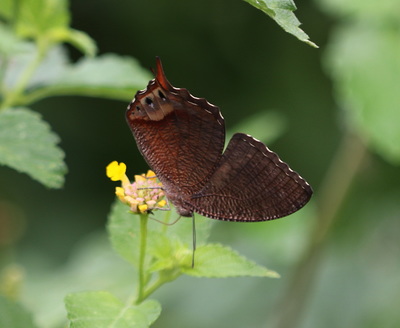
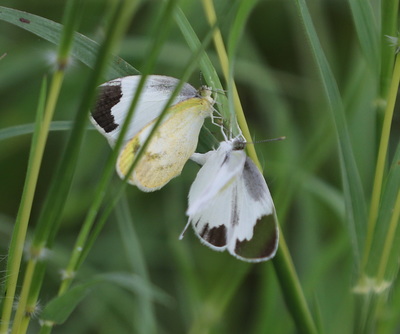
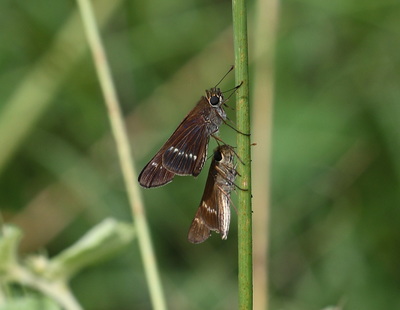
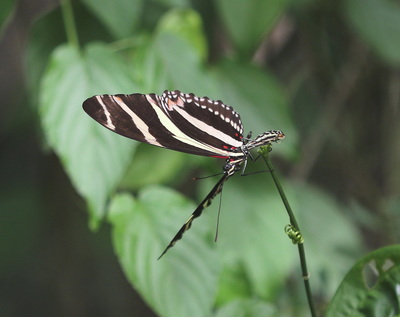
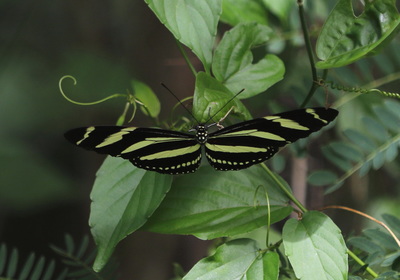
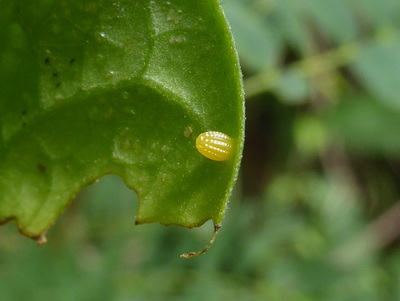
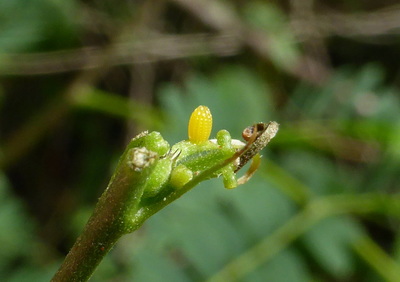
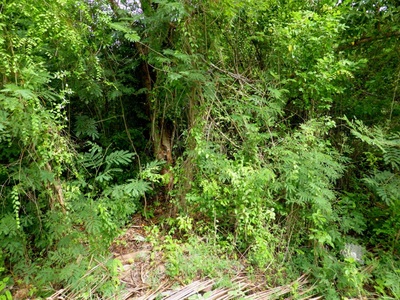
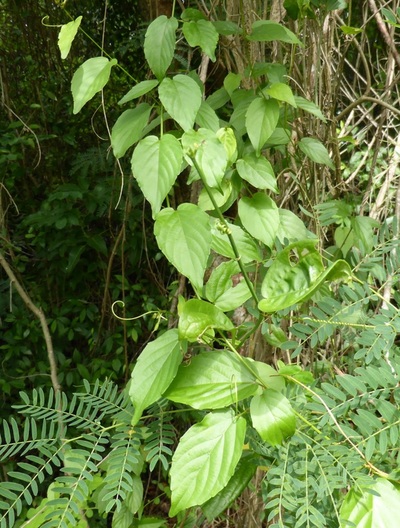
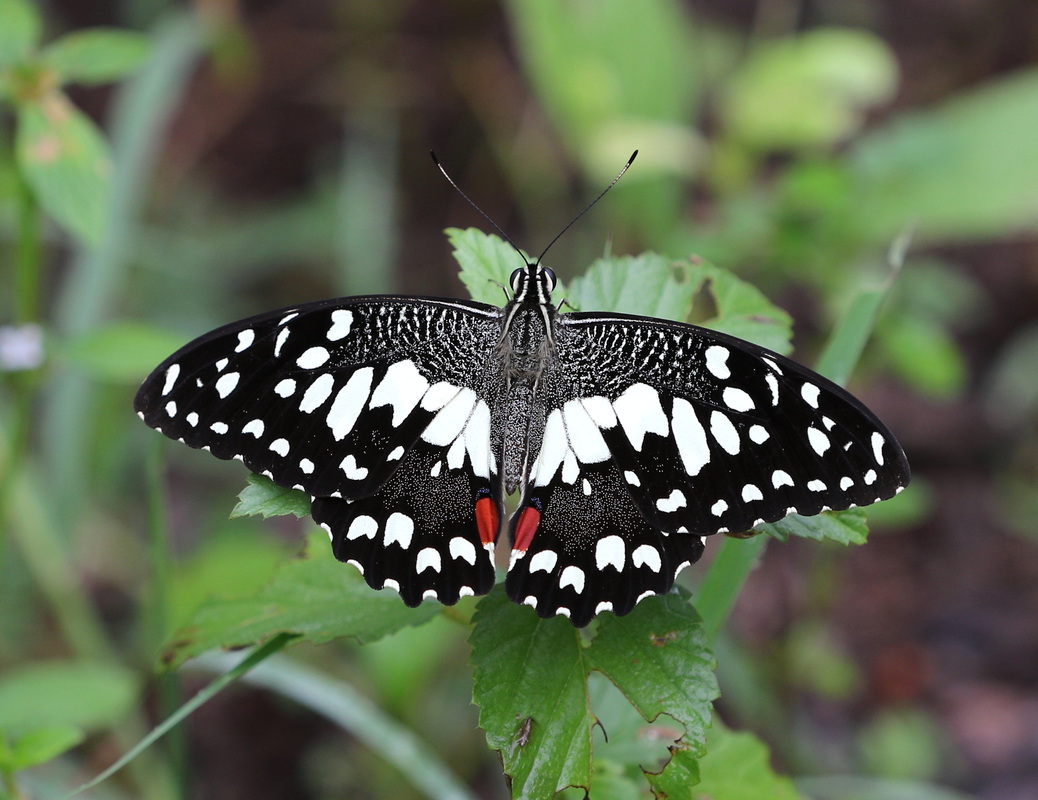
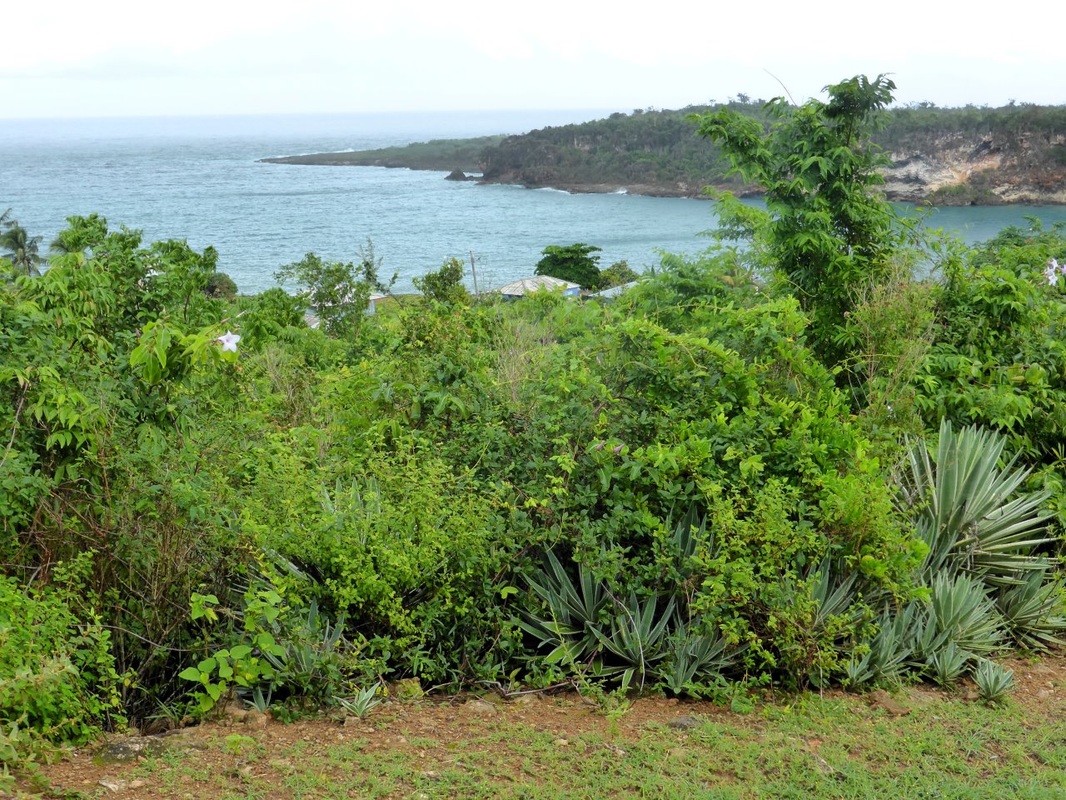
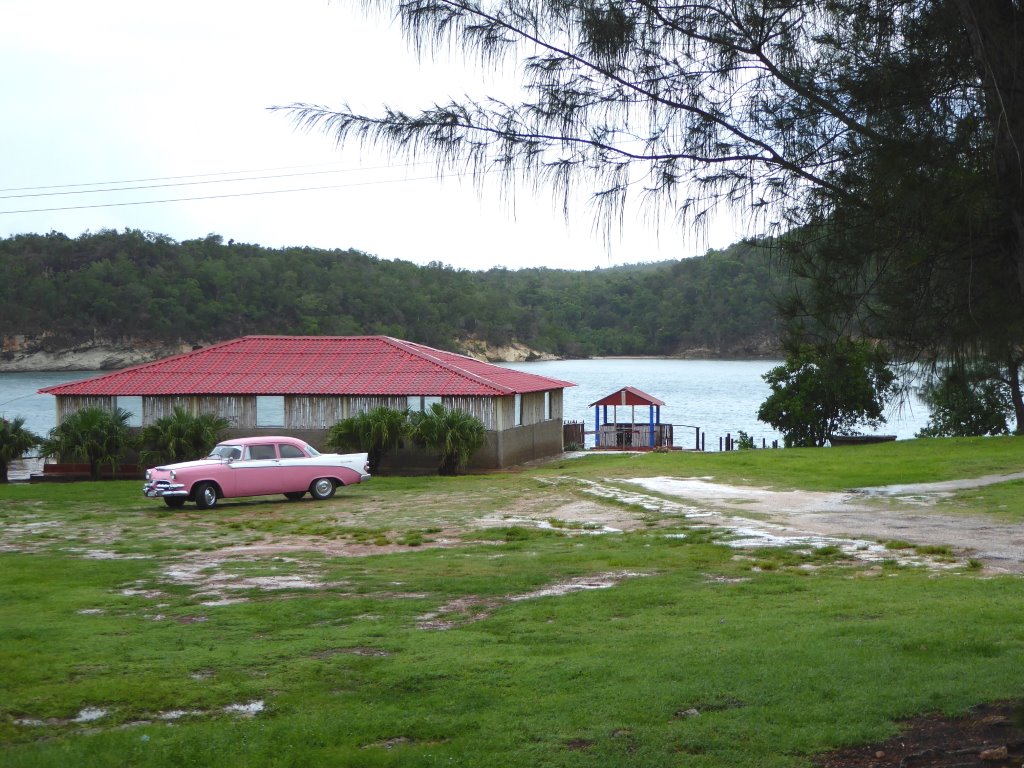
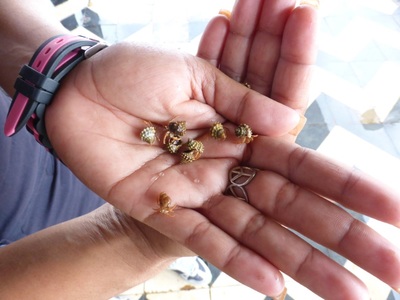
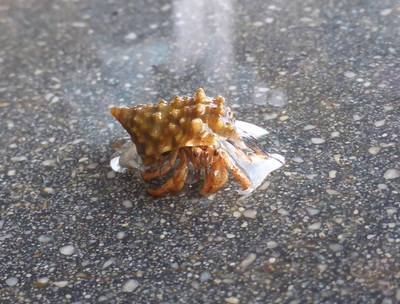
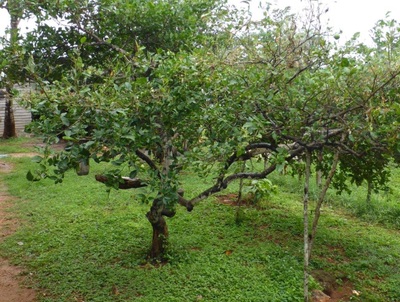
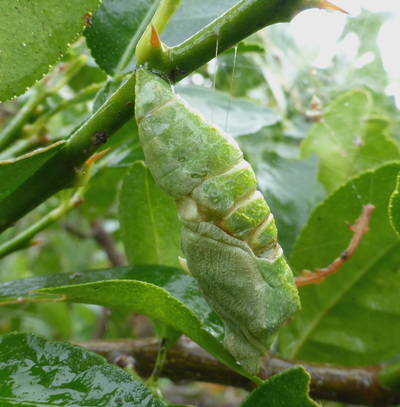
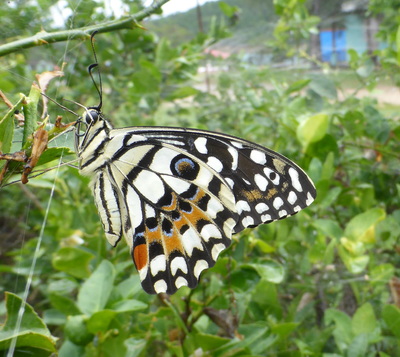
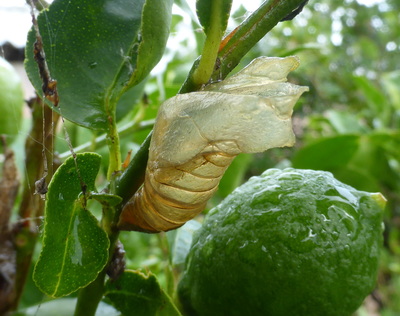
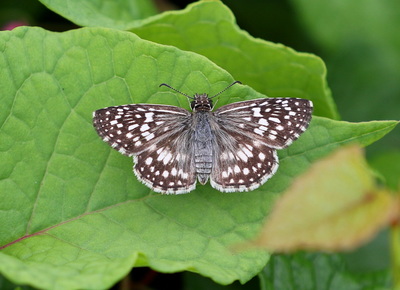
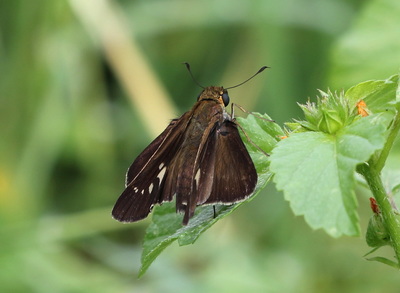
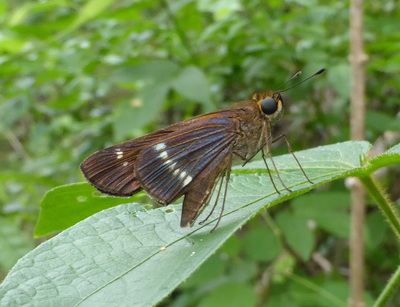
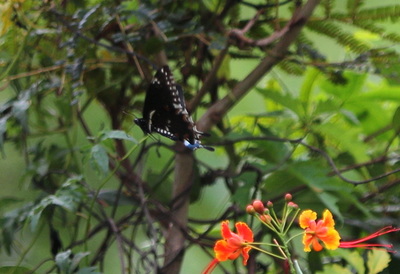
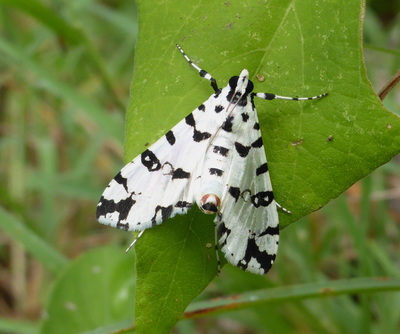
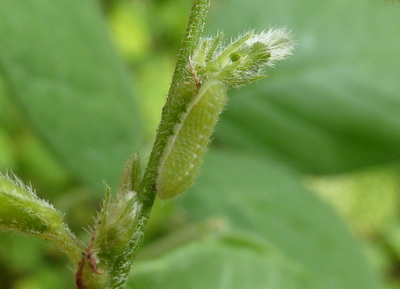
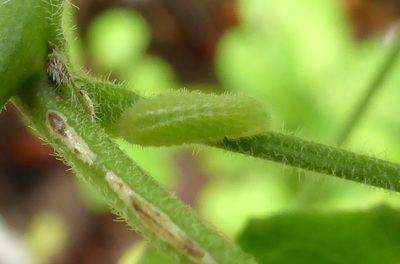
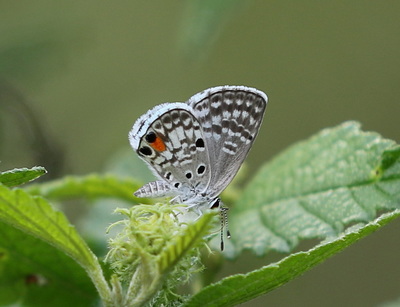
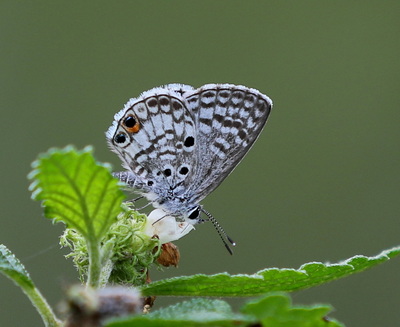
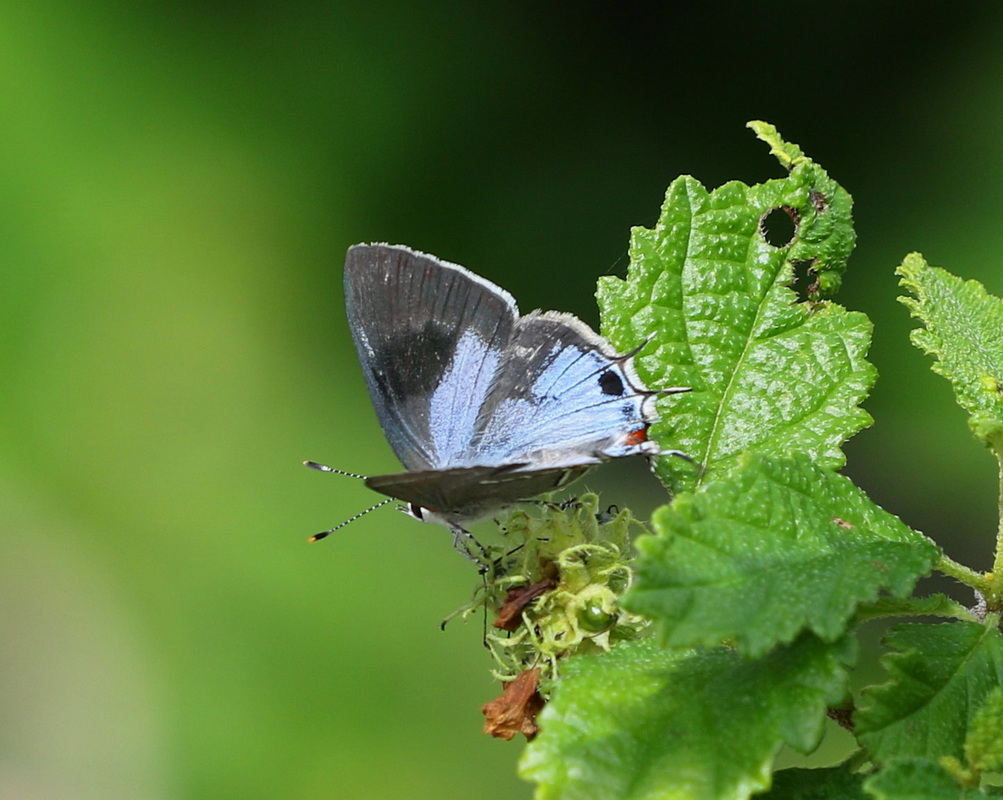
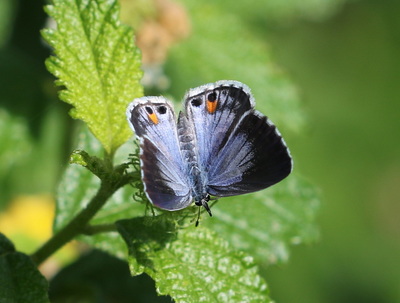
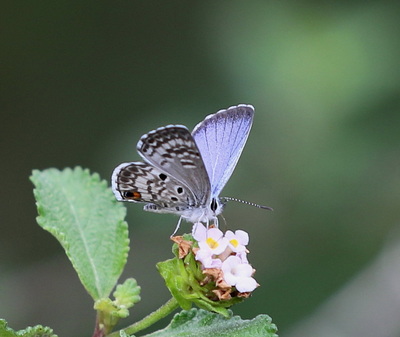
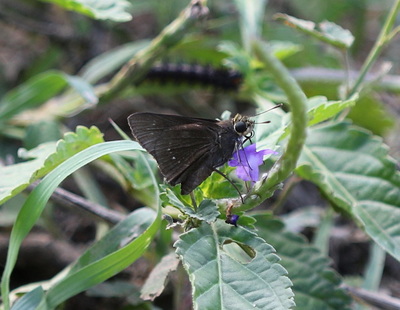
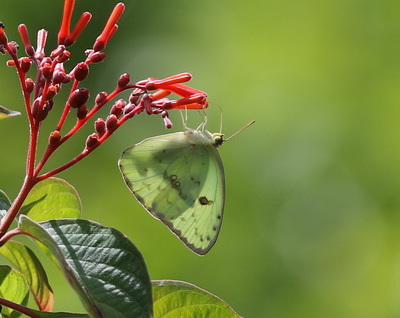
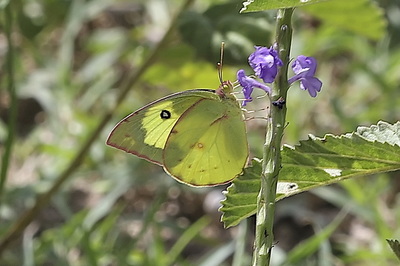
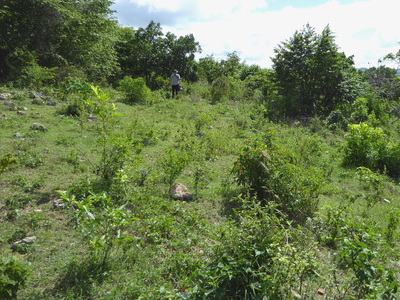
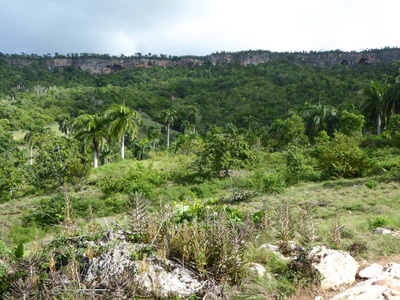
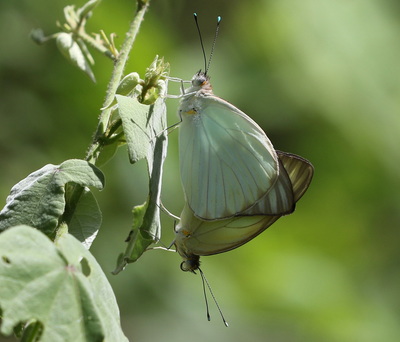
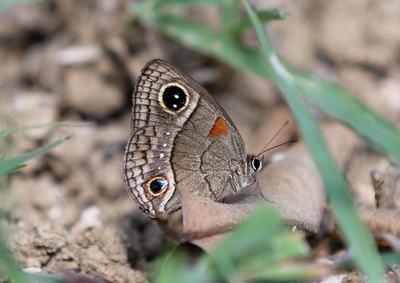
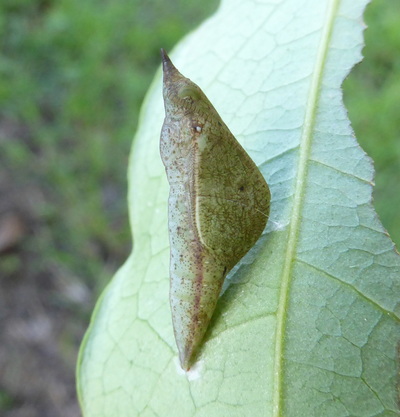
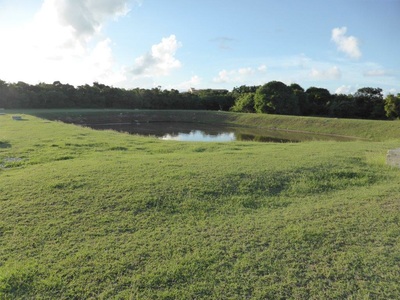
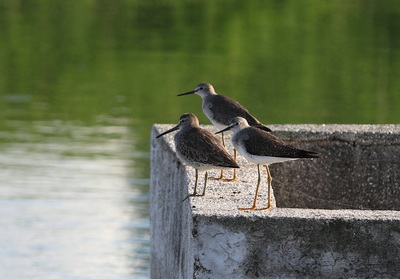
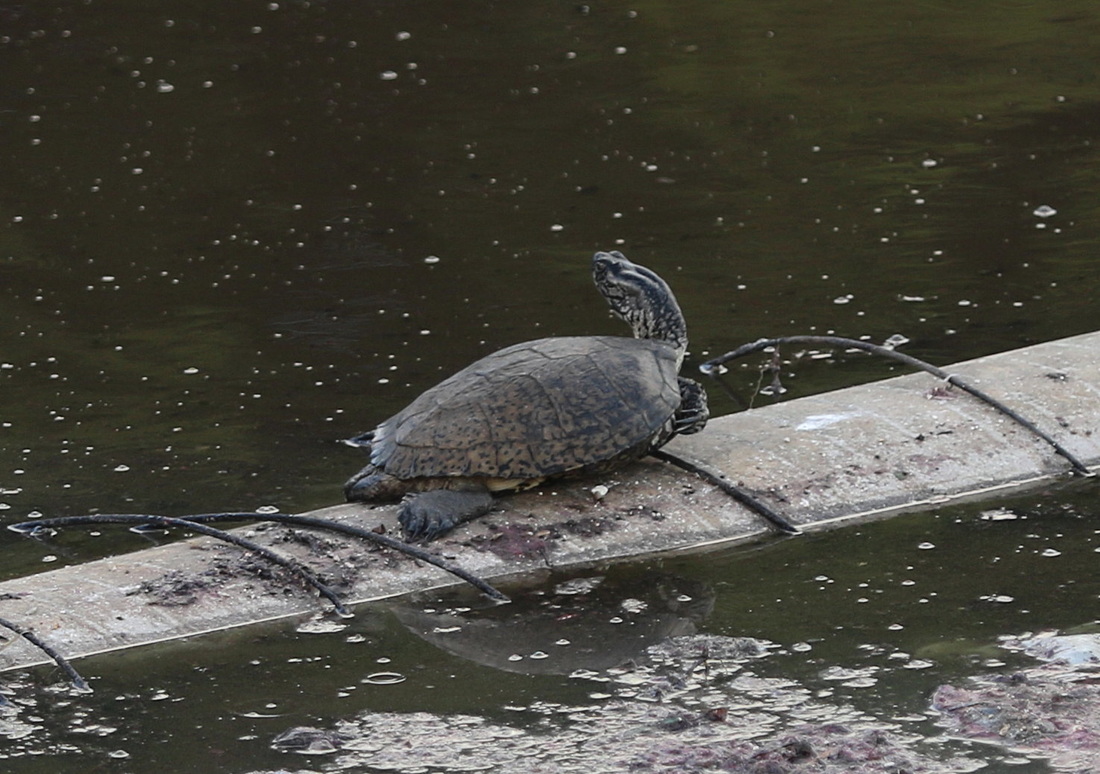
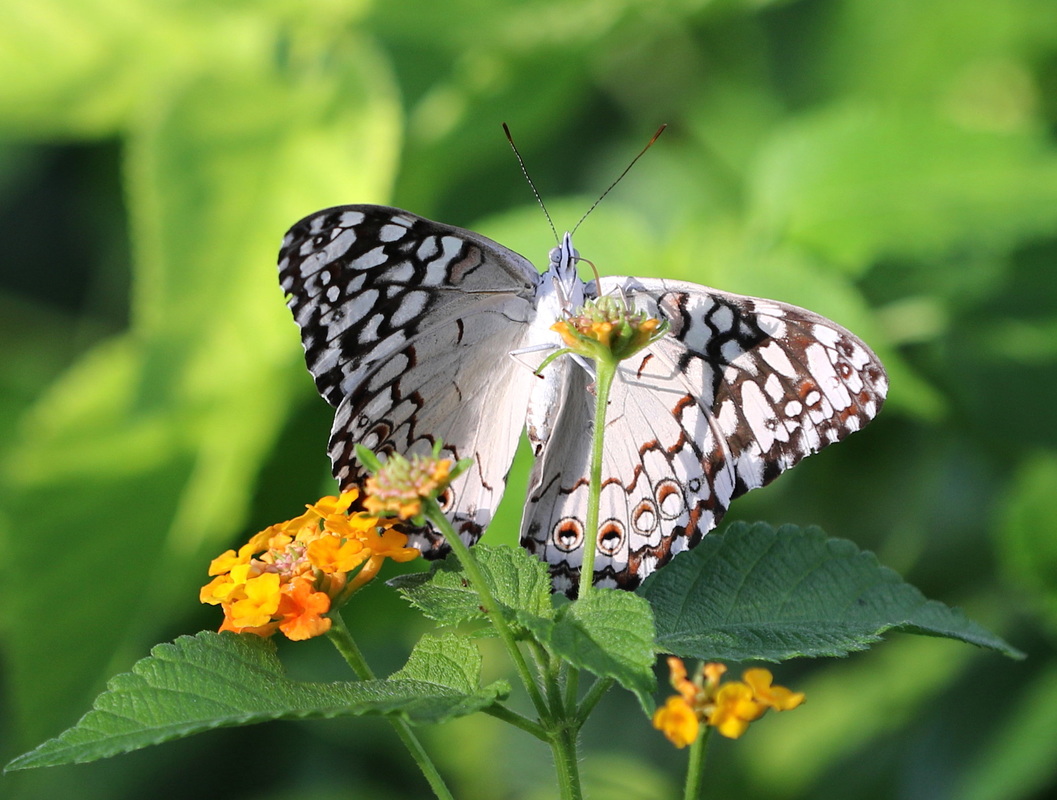
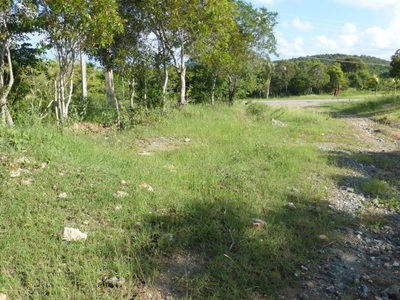
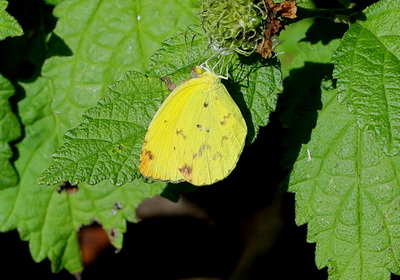
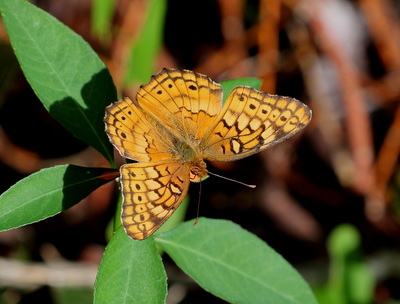
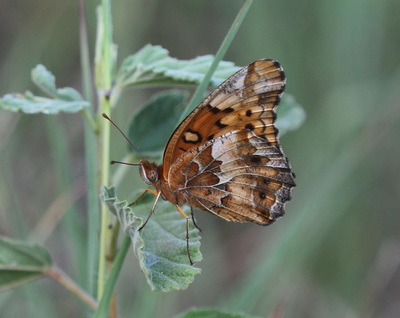
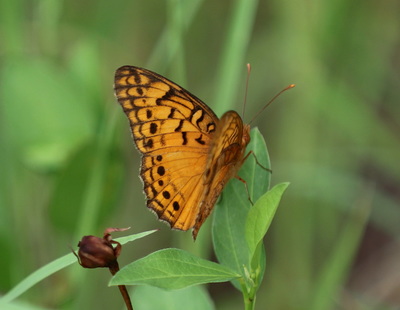
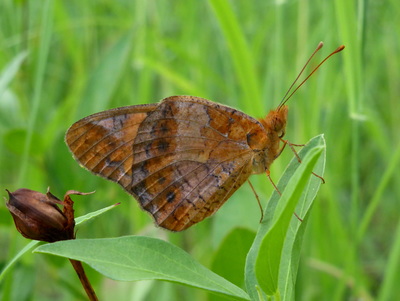
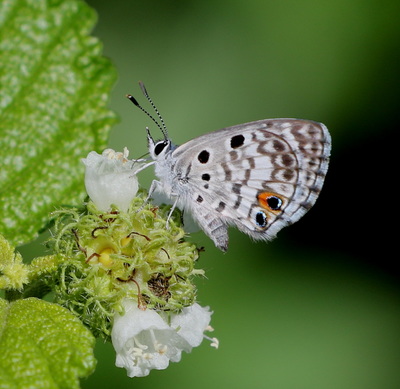
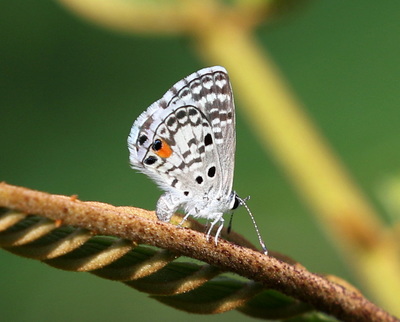
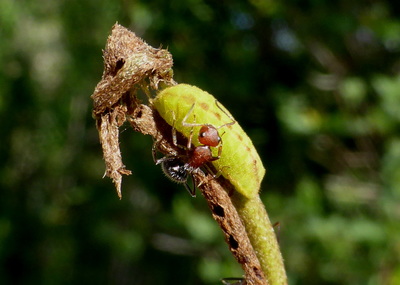
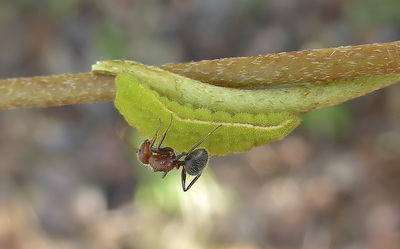
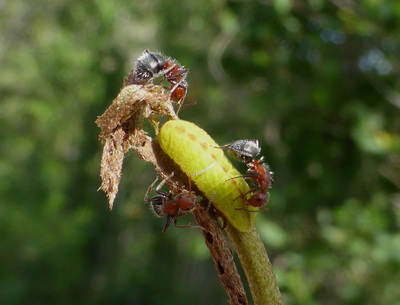
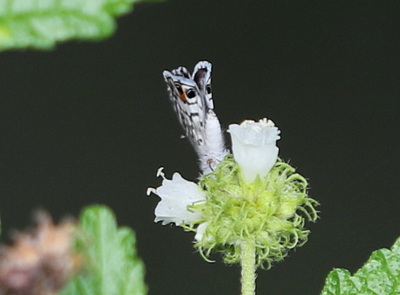
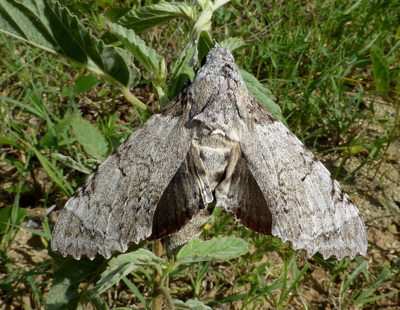
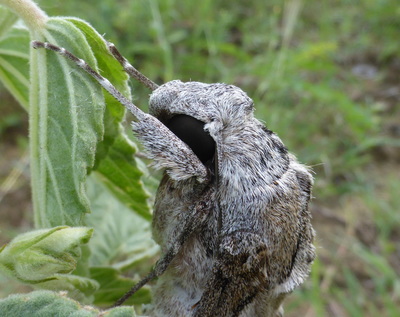
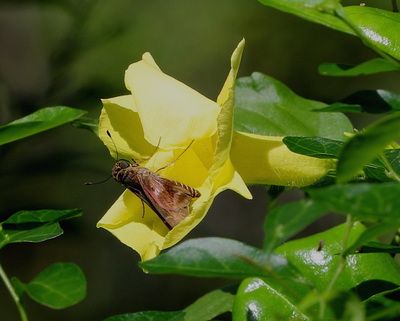
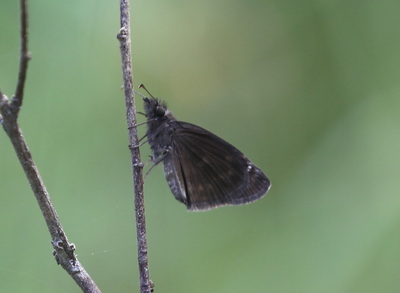
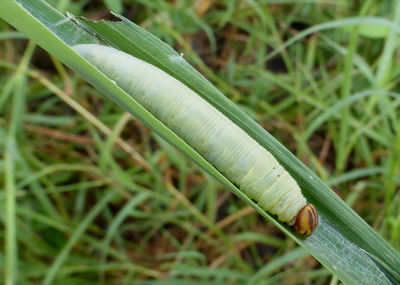
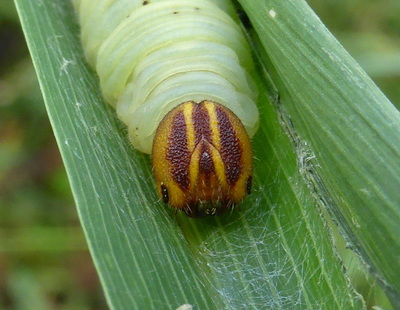
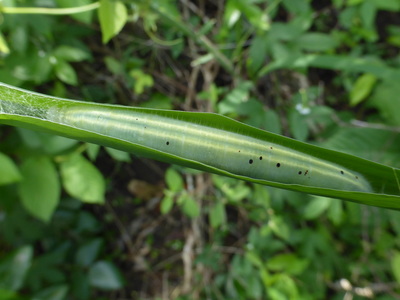
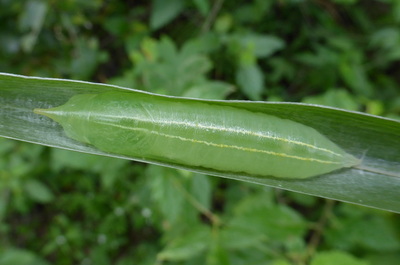
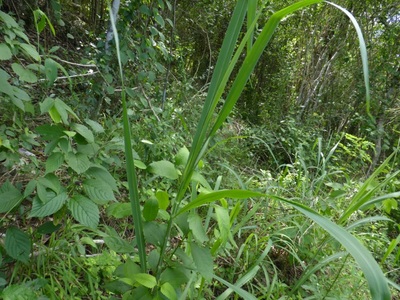
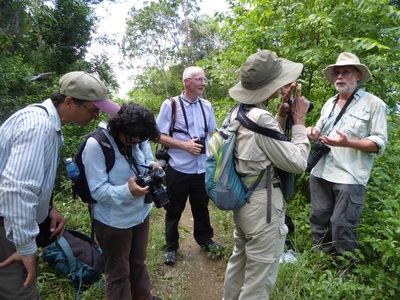
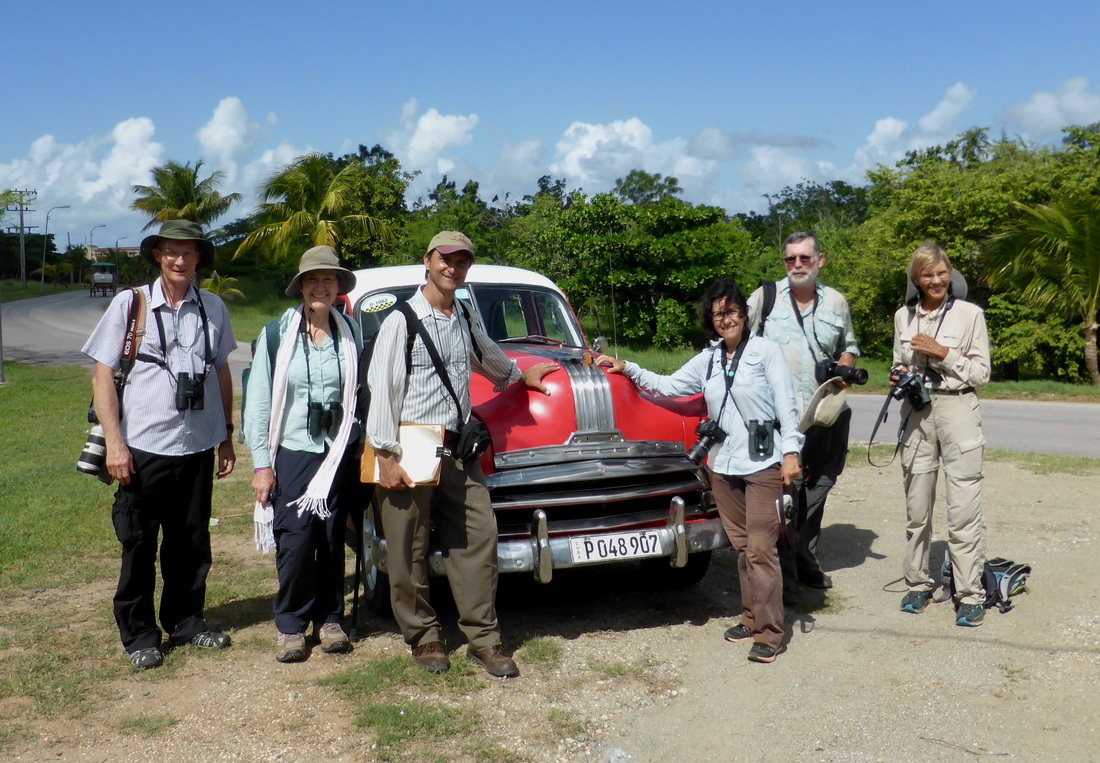
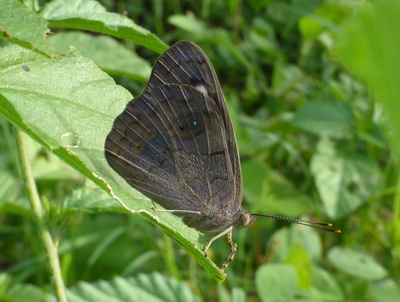
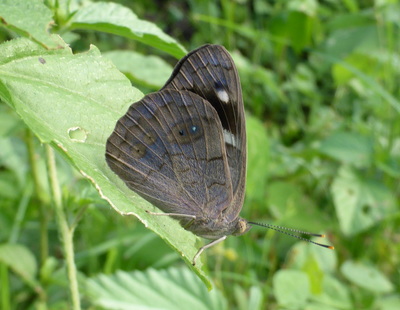
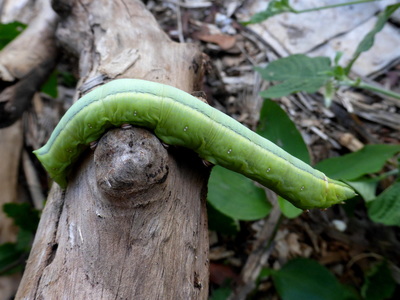
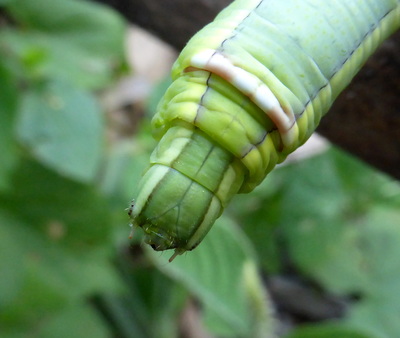
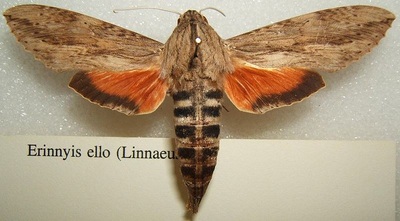
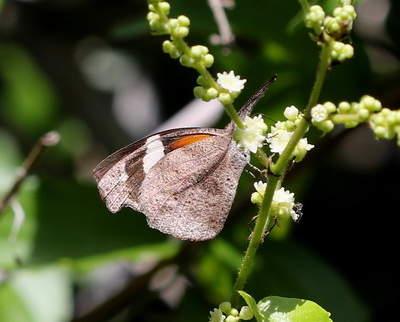
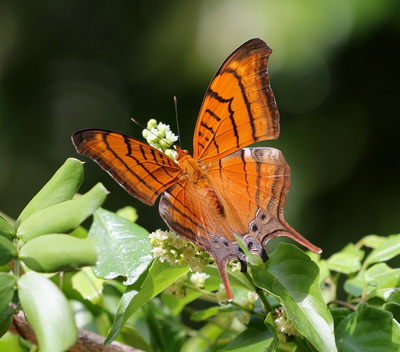
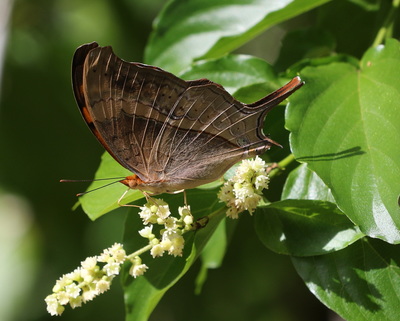
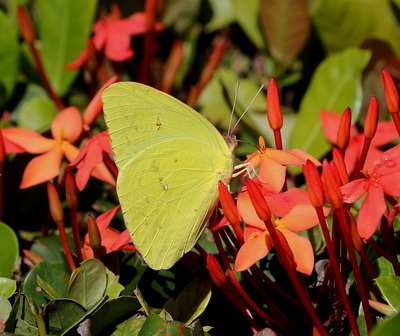
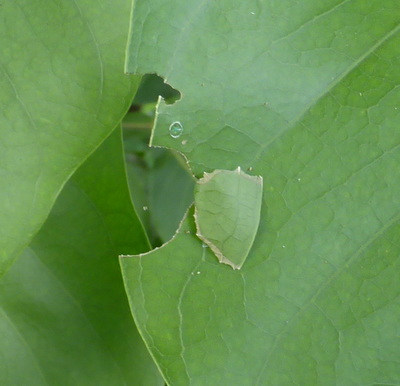
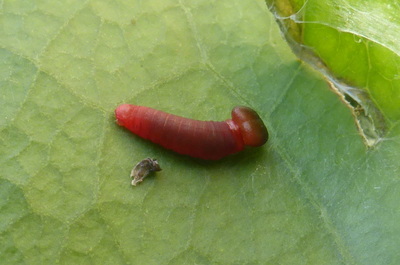

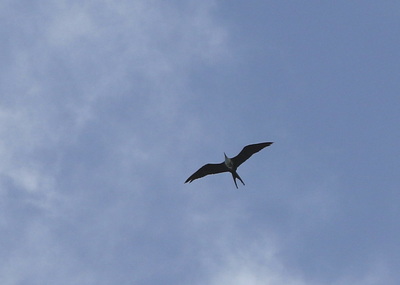
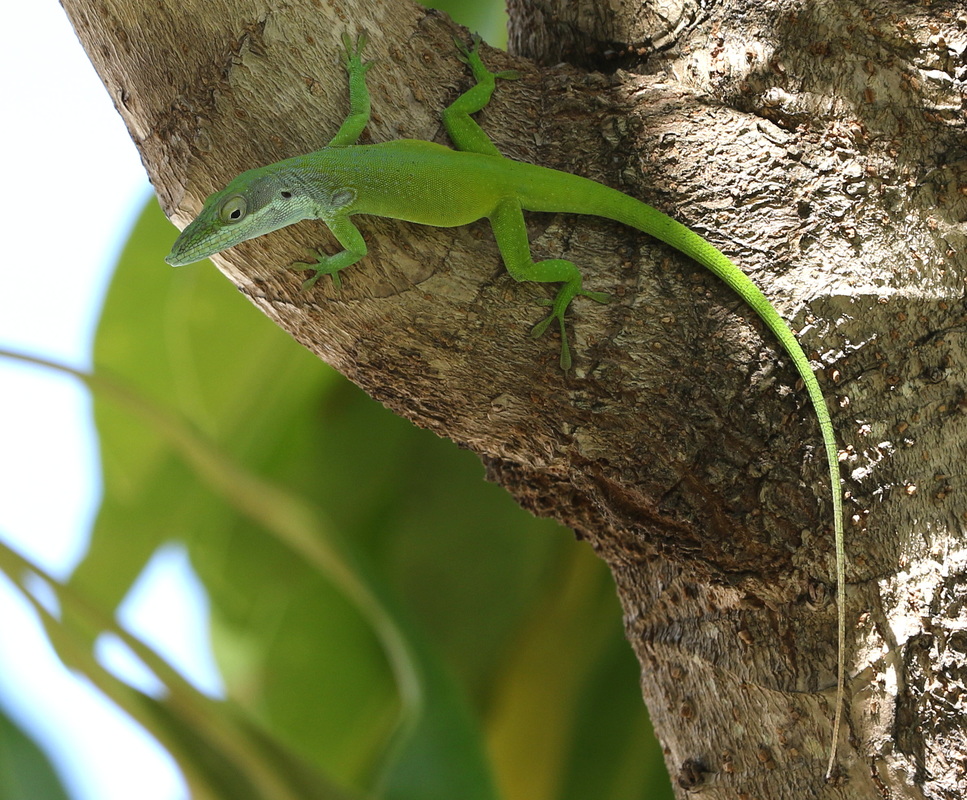
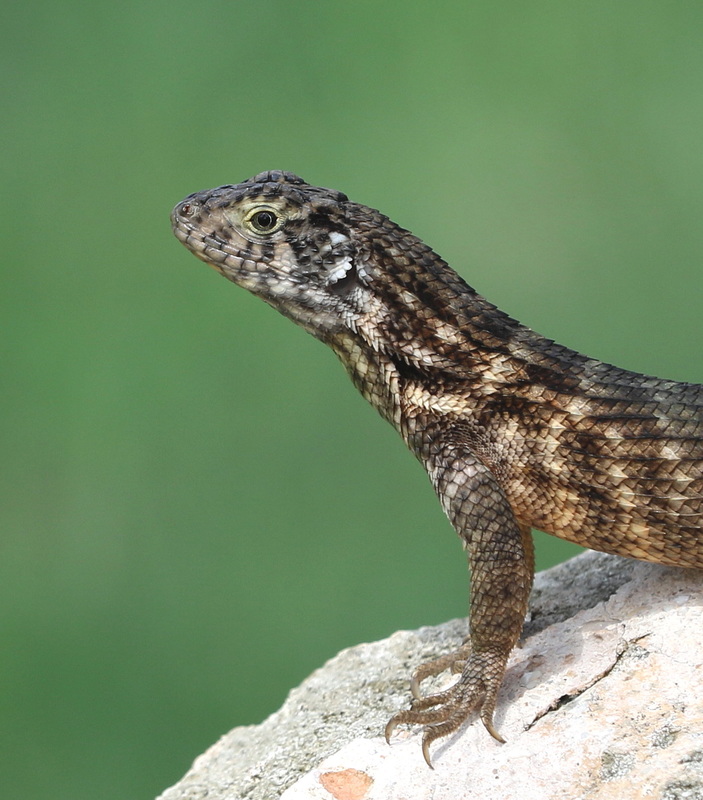
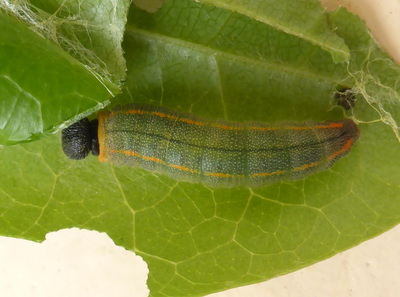
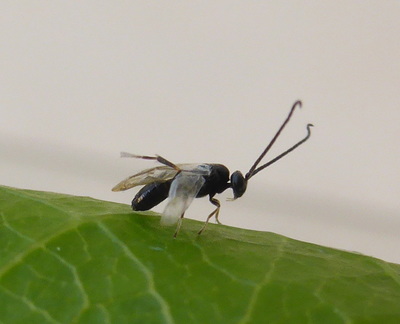
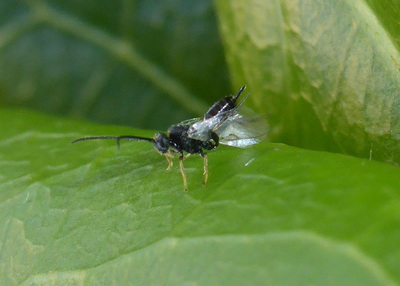
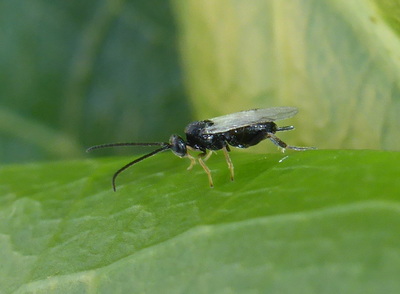
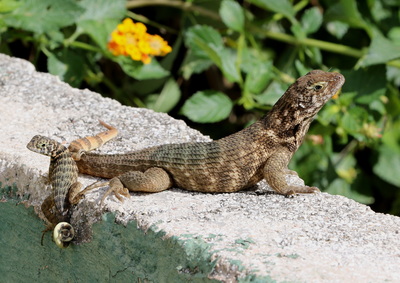
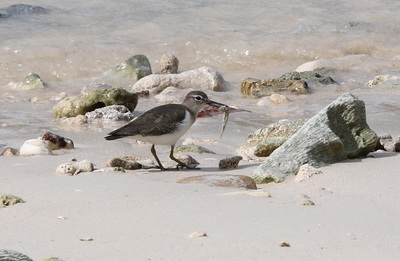
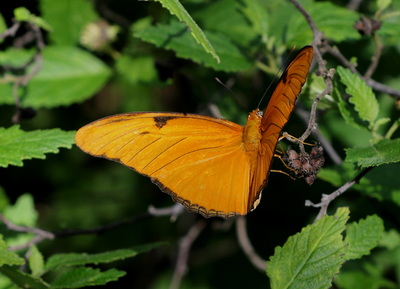
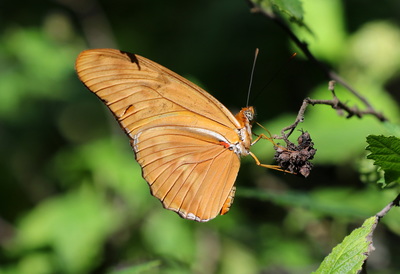
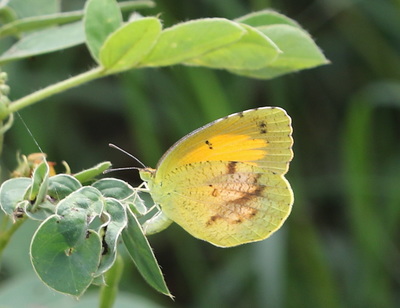
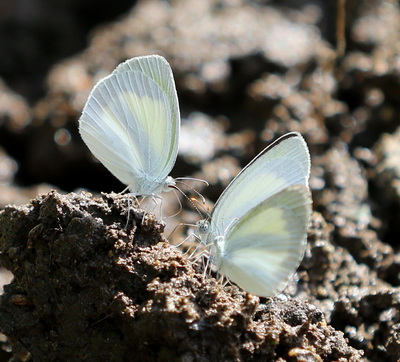
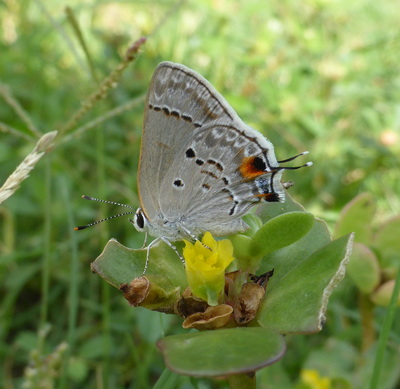
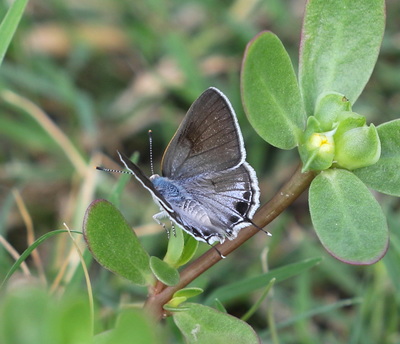
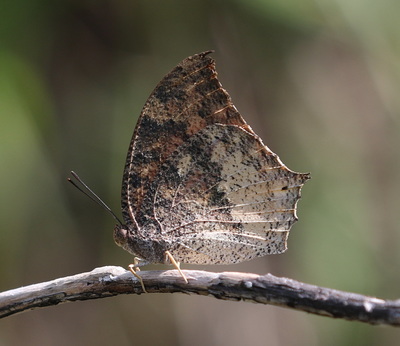
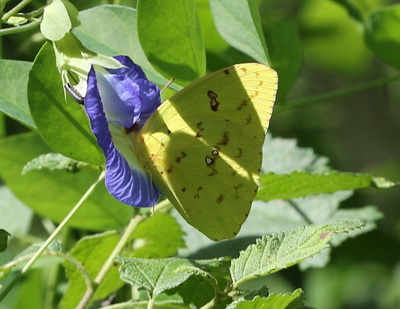
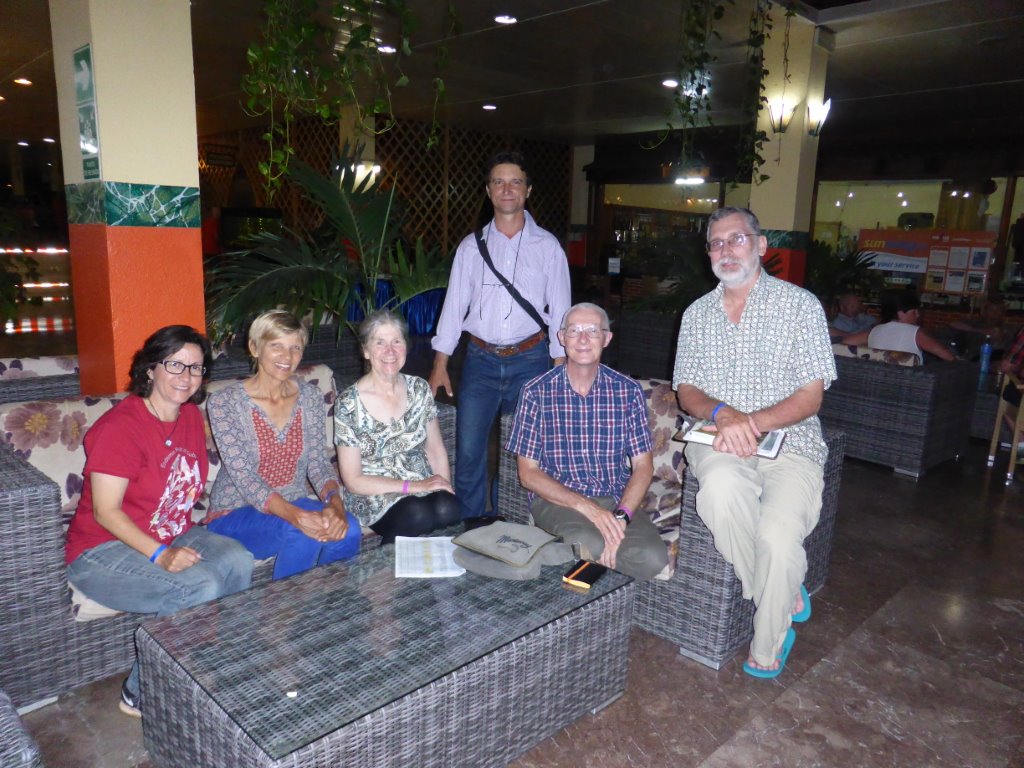
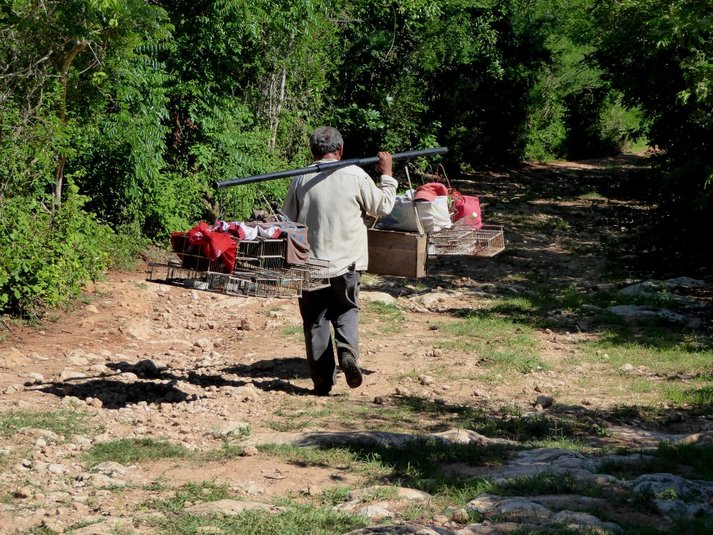
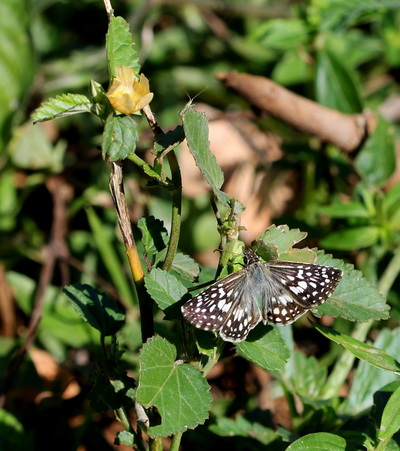
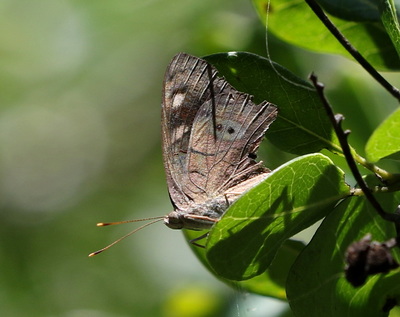

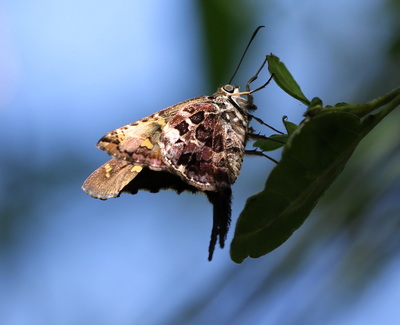
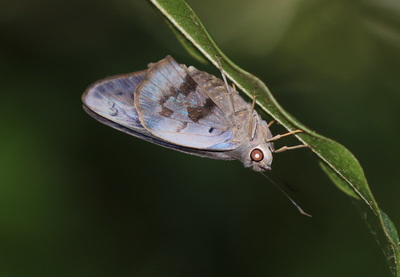
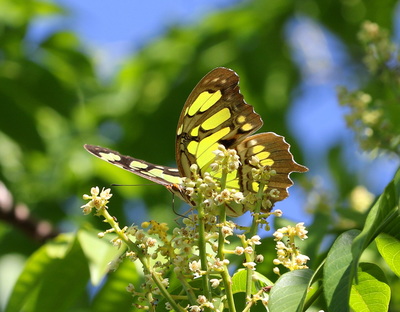
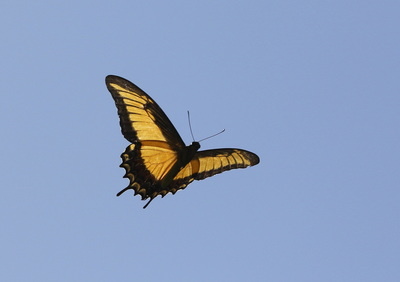
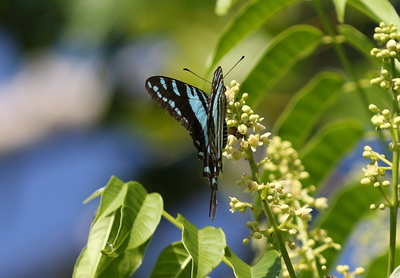
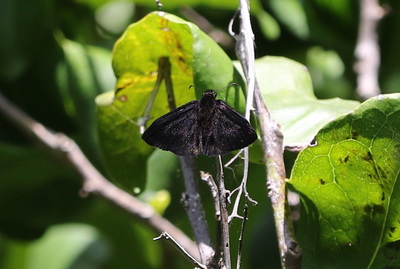
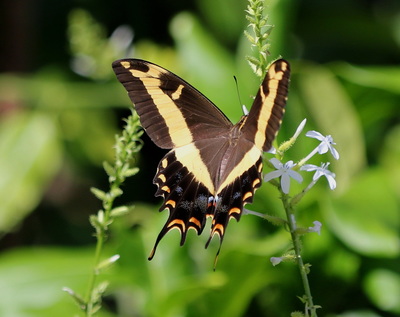
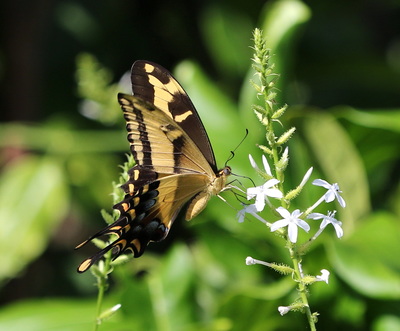
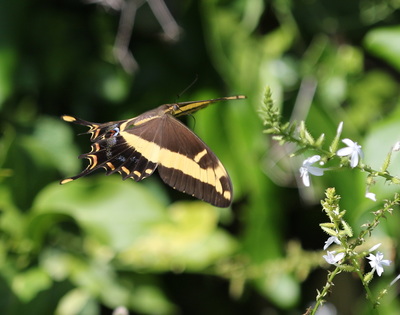
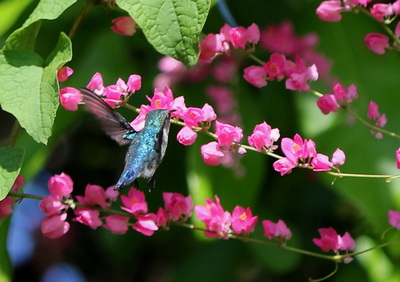
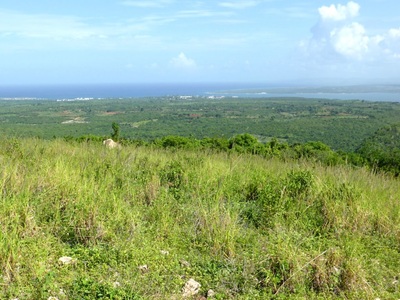
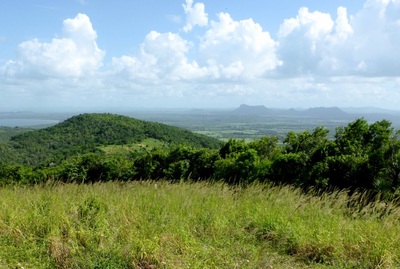
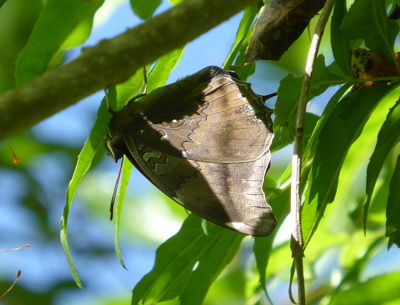
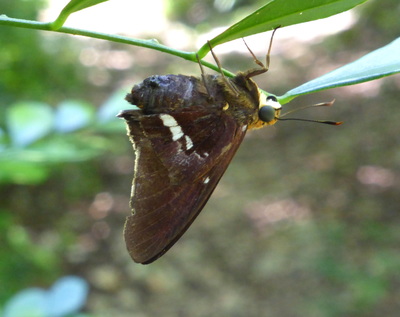
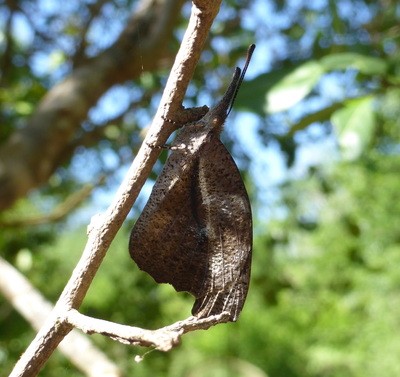
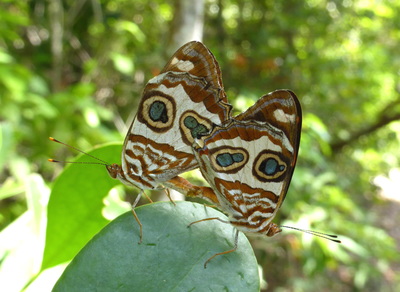
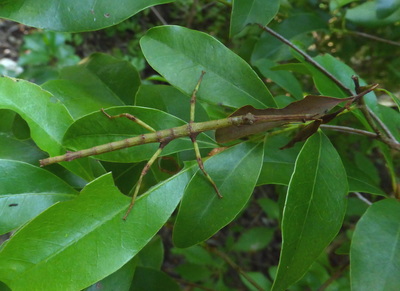
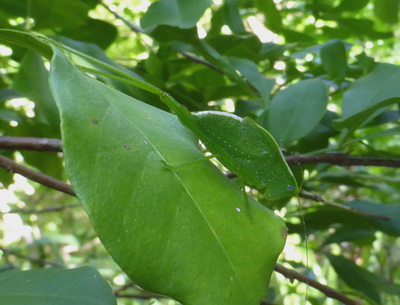
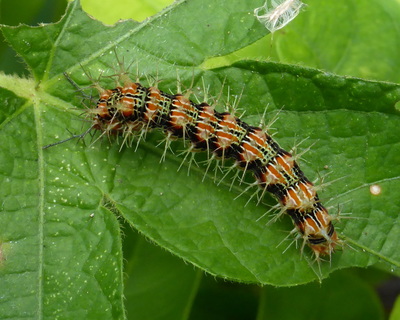
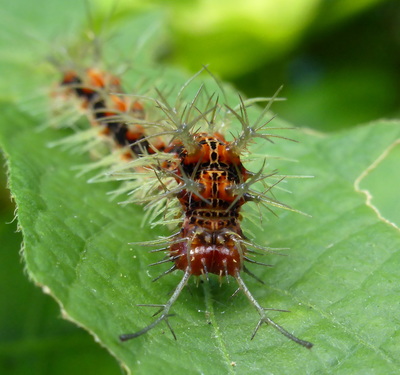
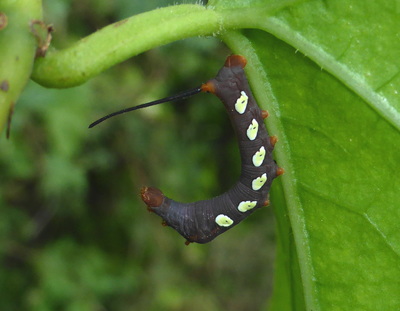
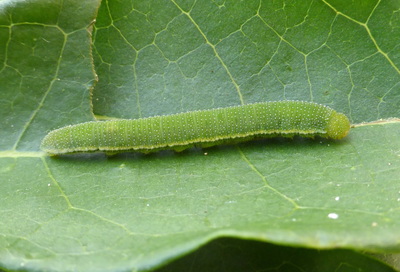
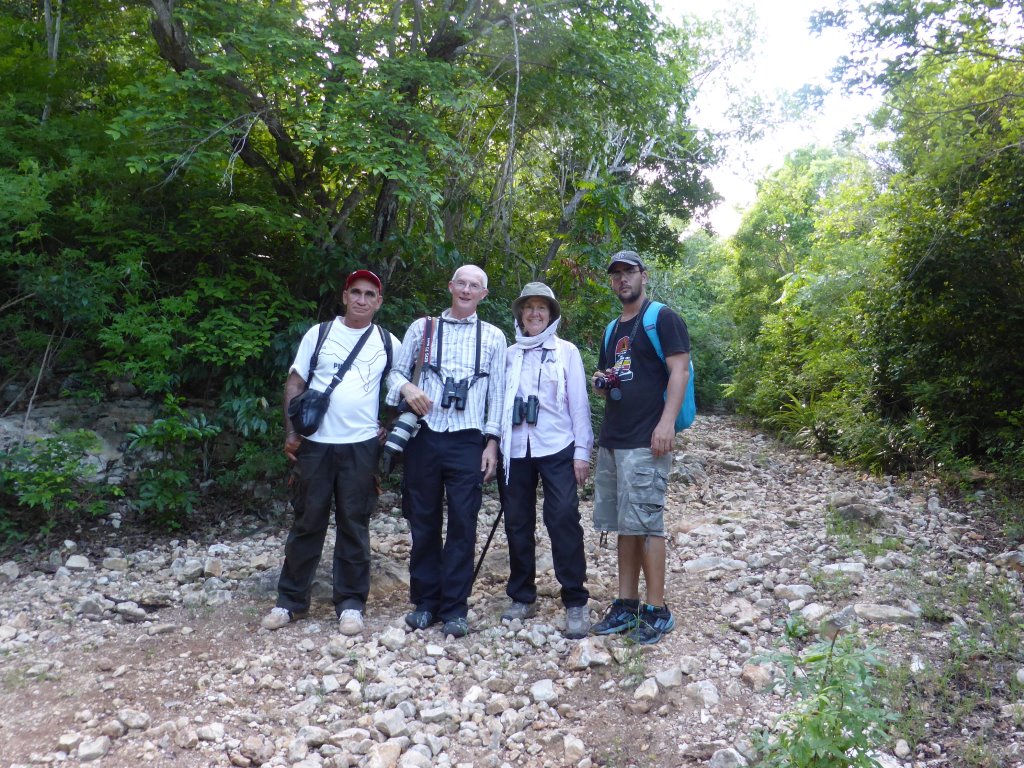
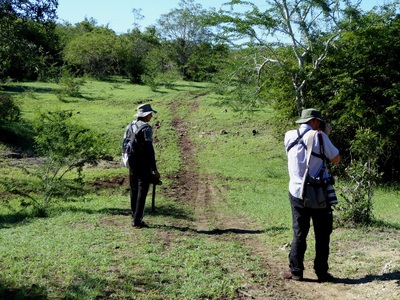
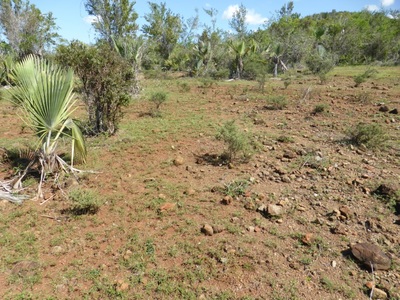
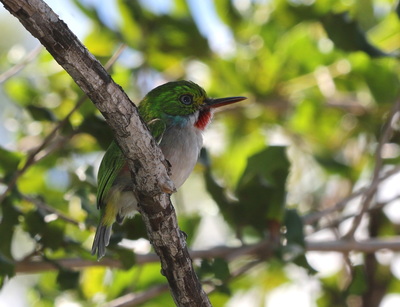
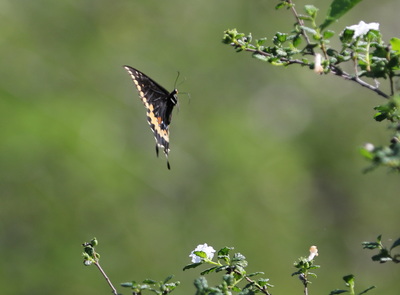
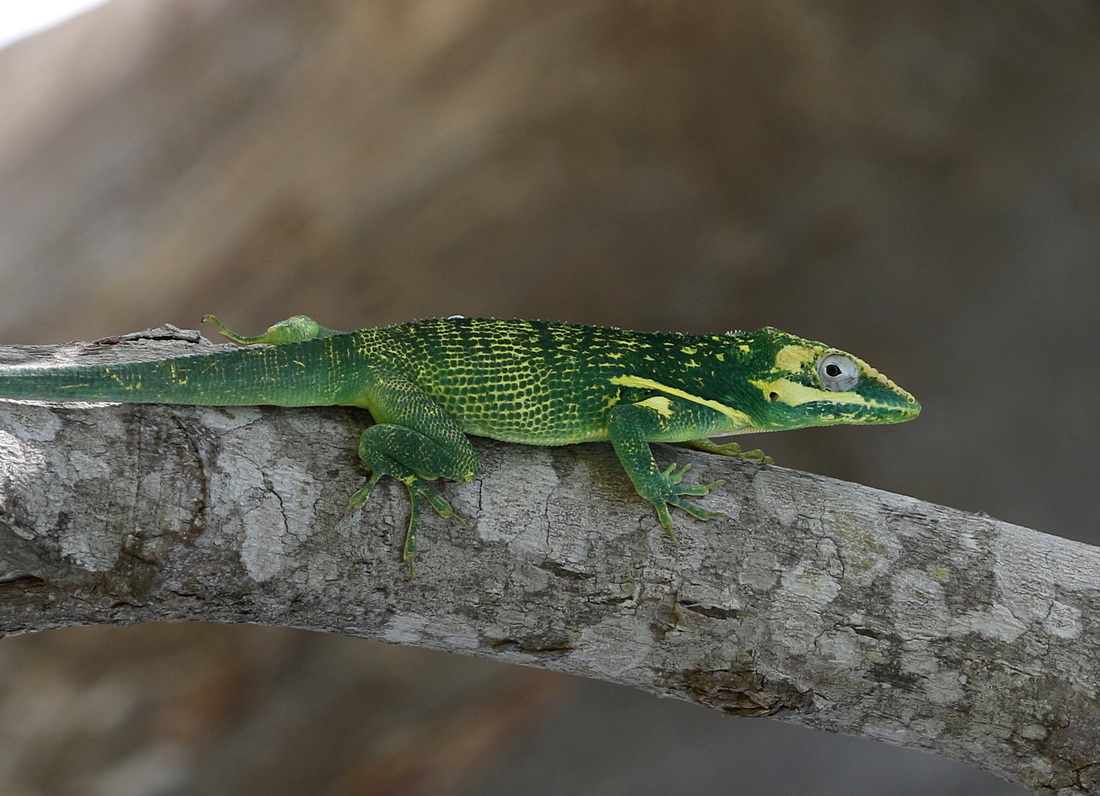
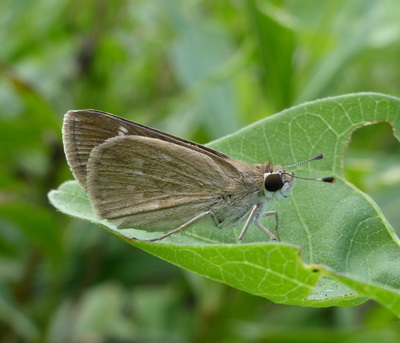
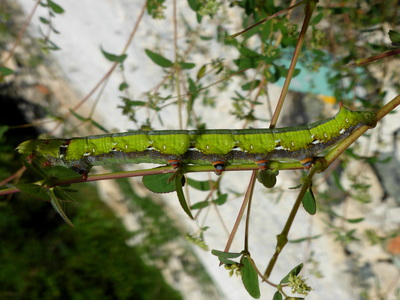
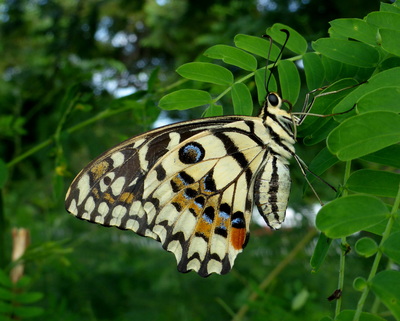
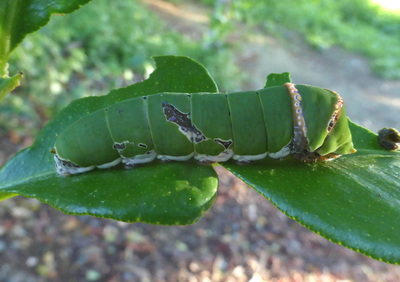

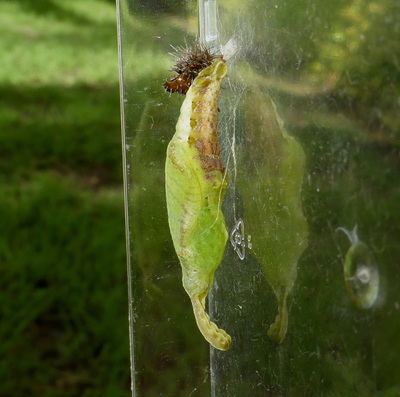
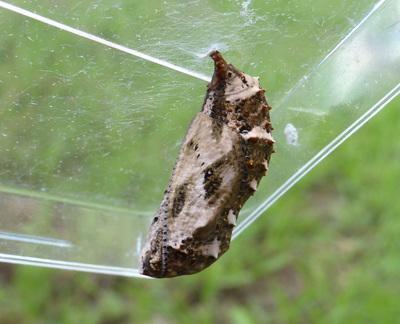
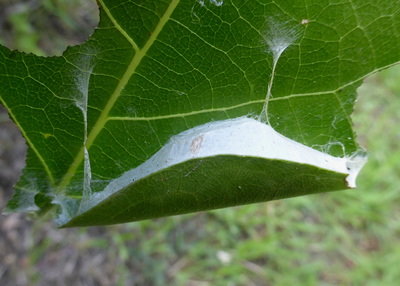
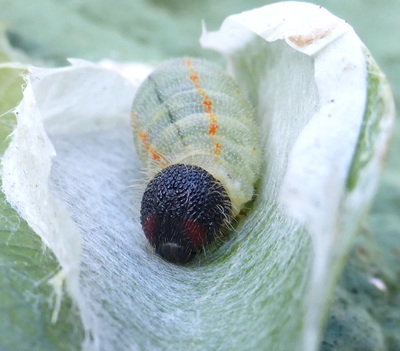
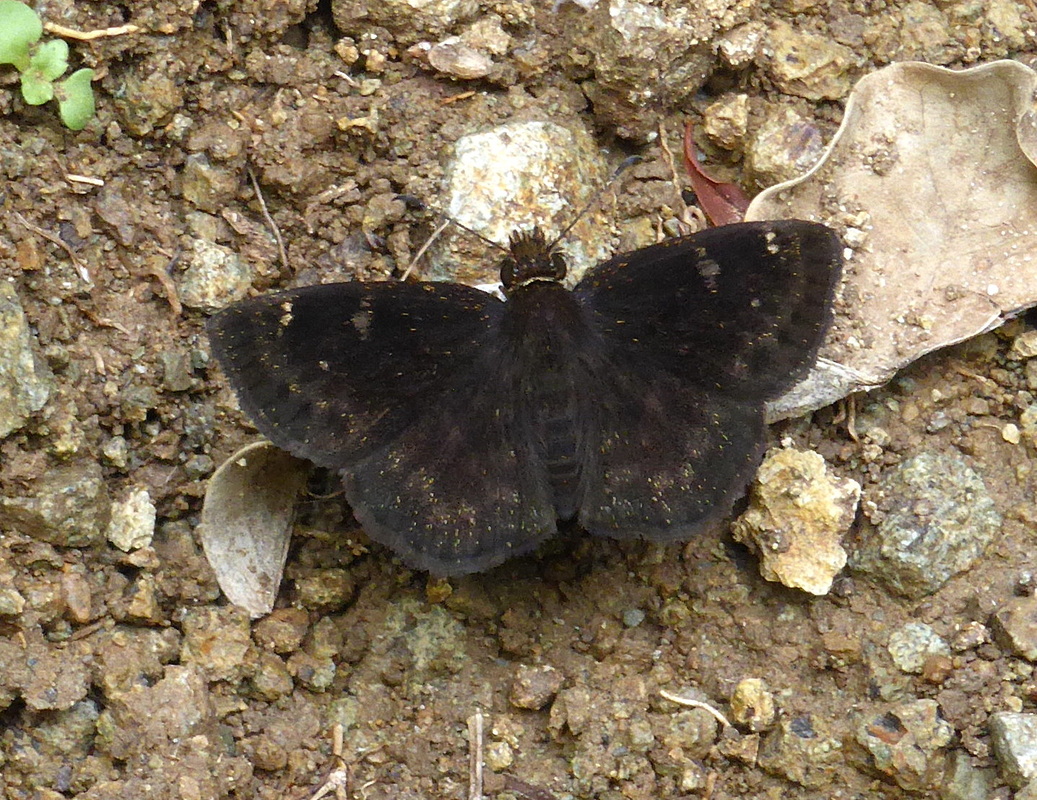
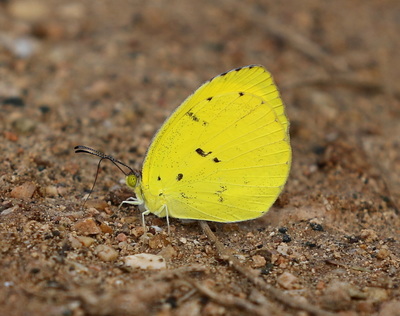
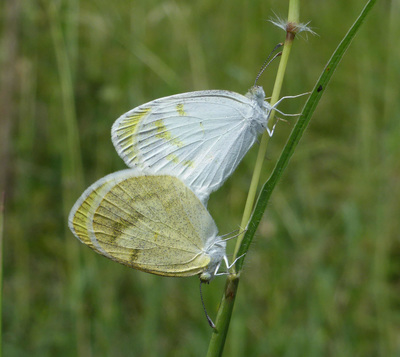
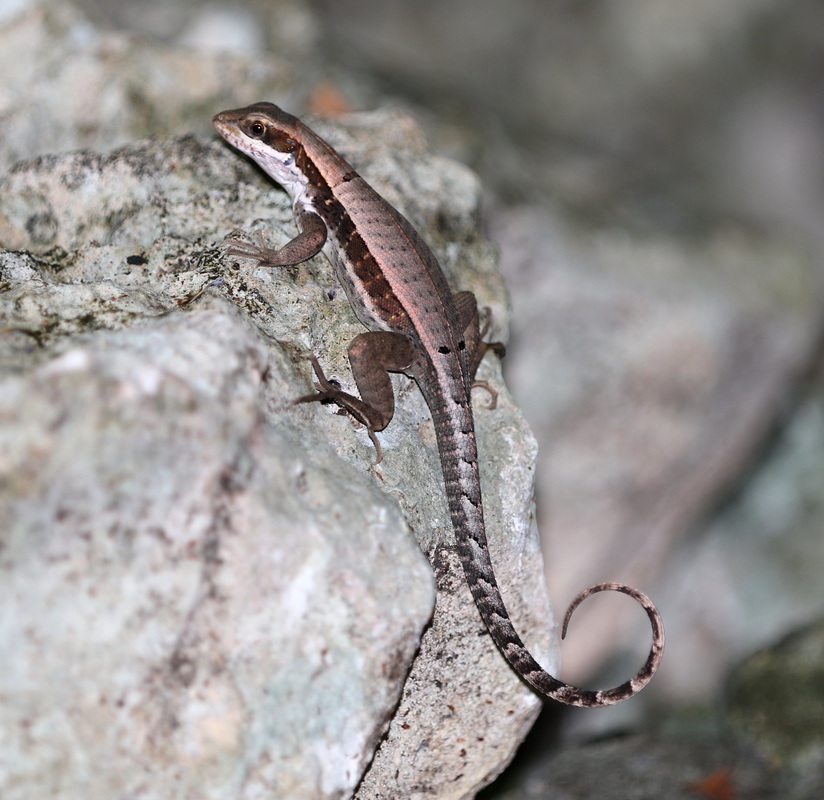
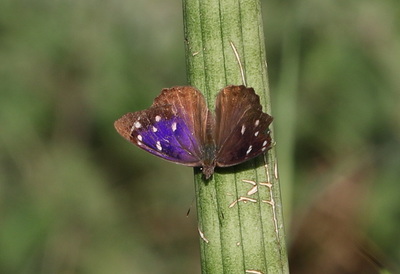
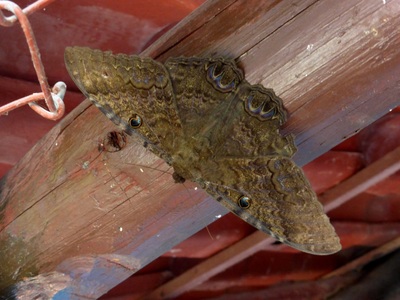
 RSS Feed
RSS Feed